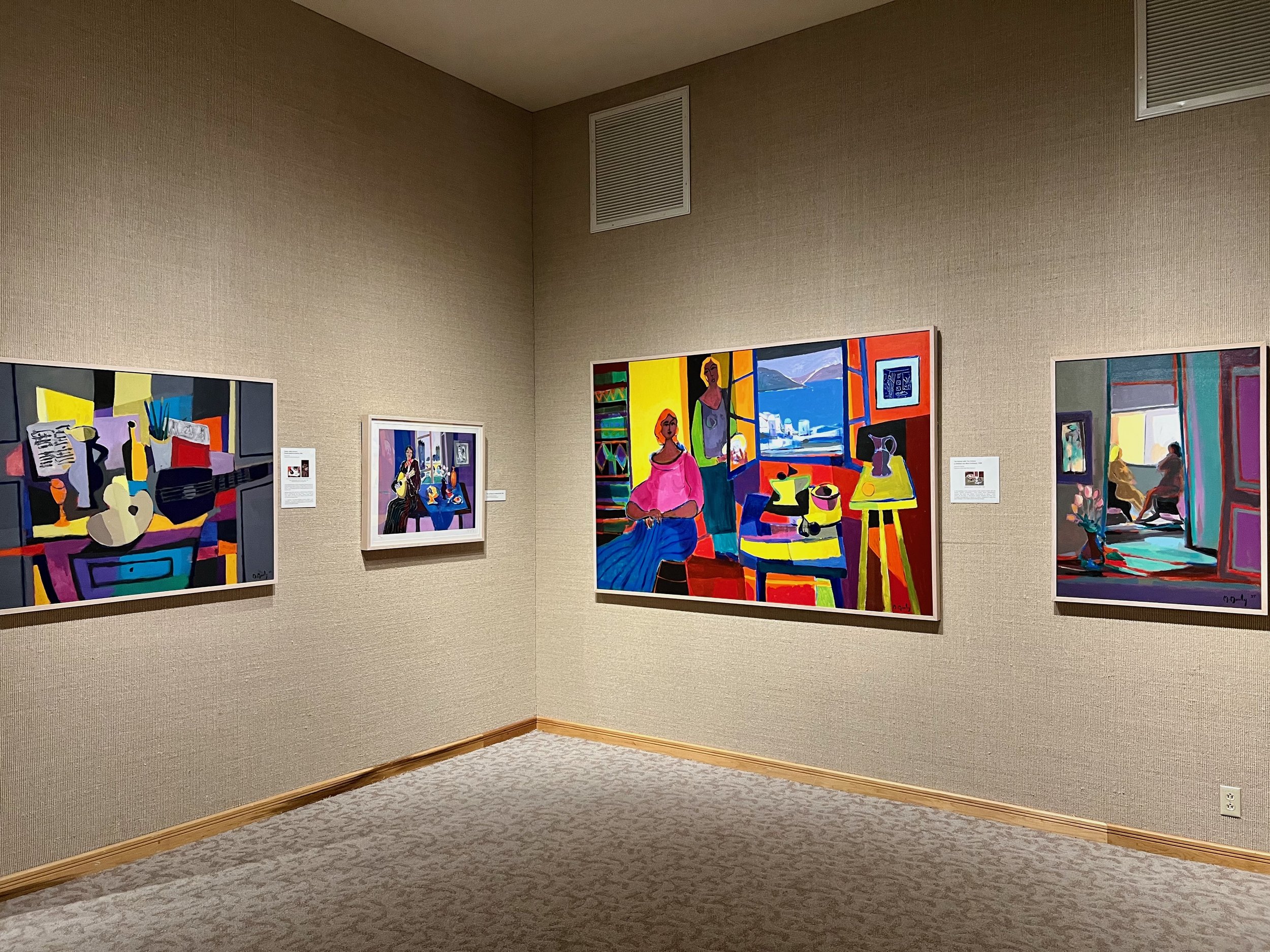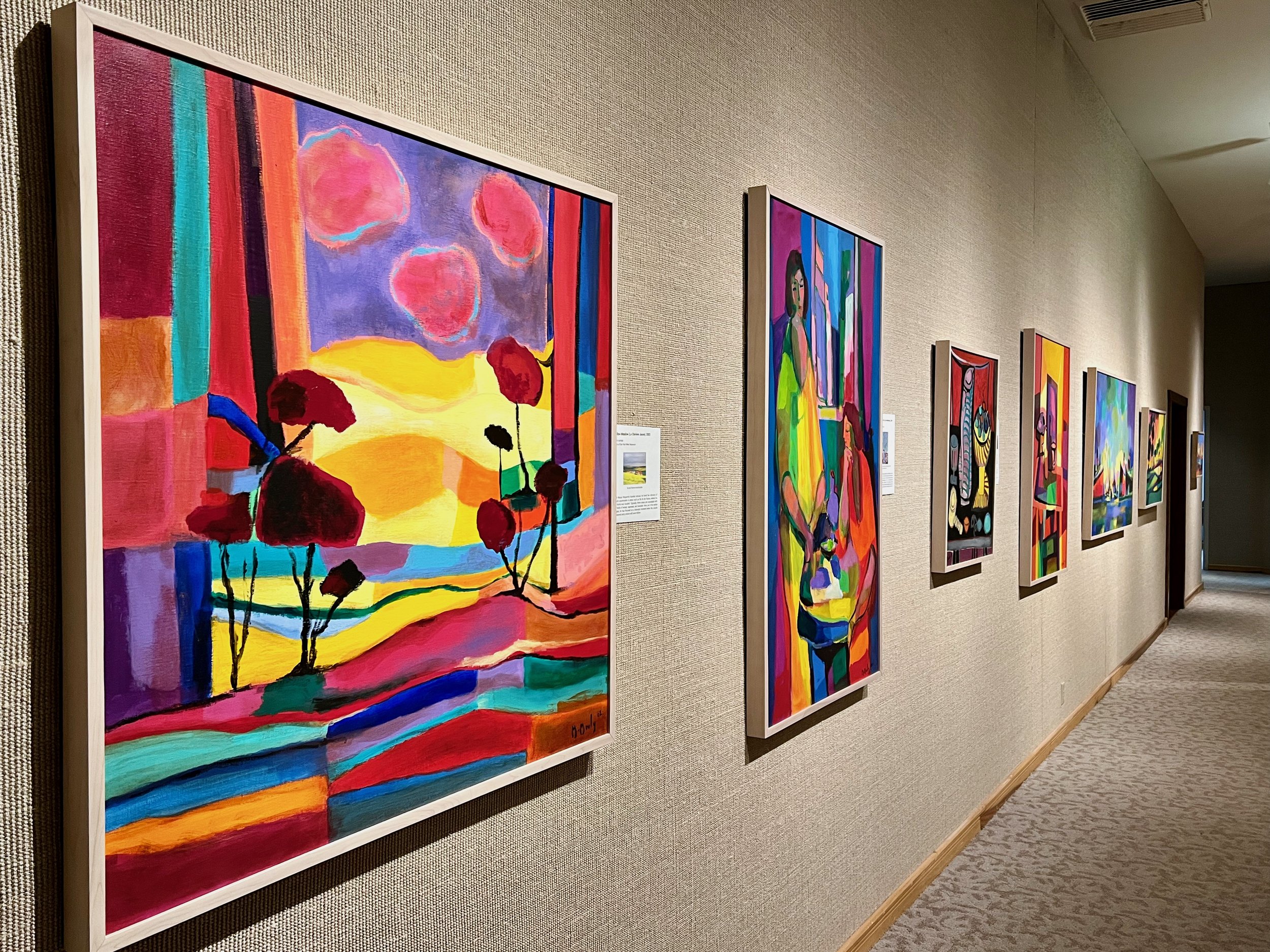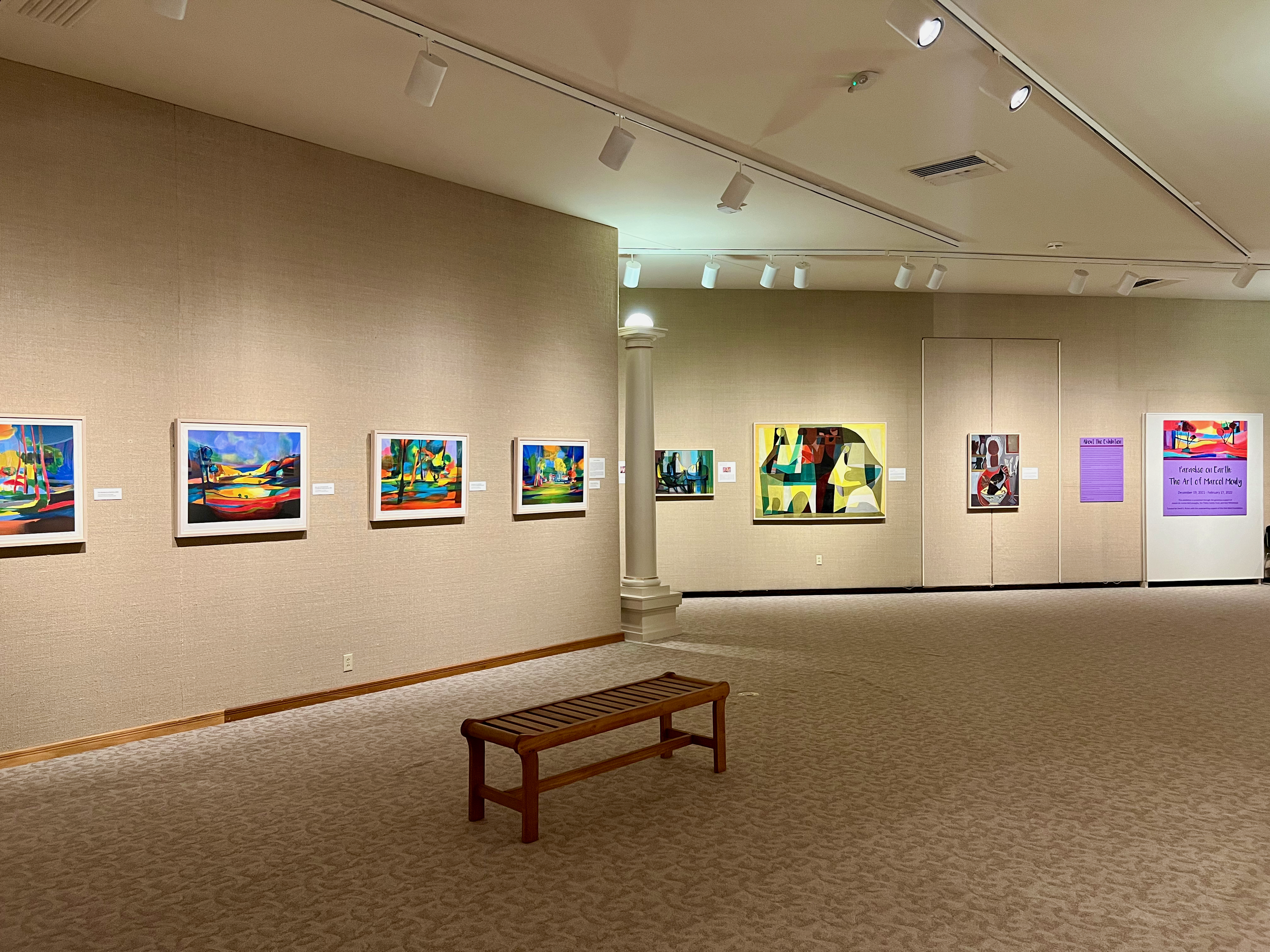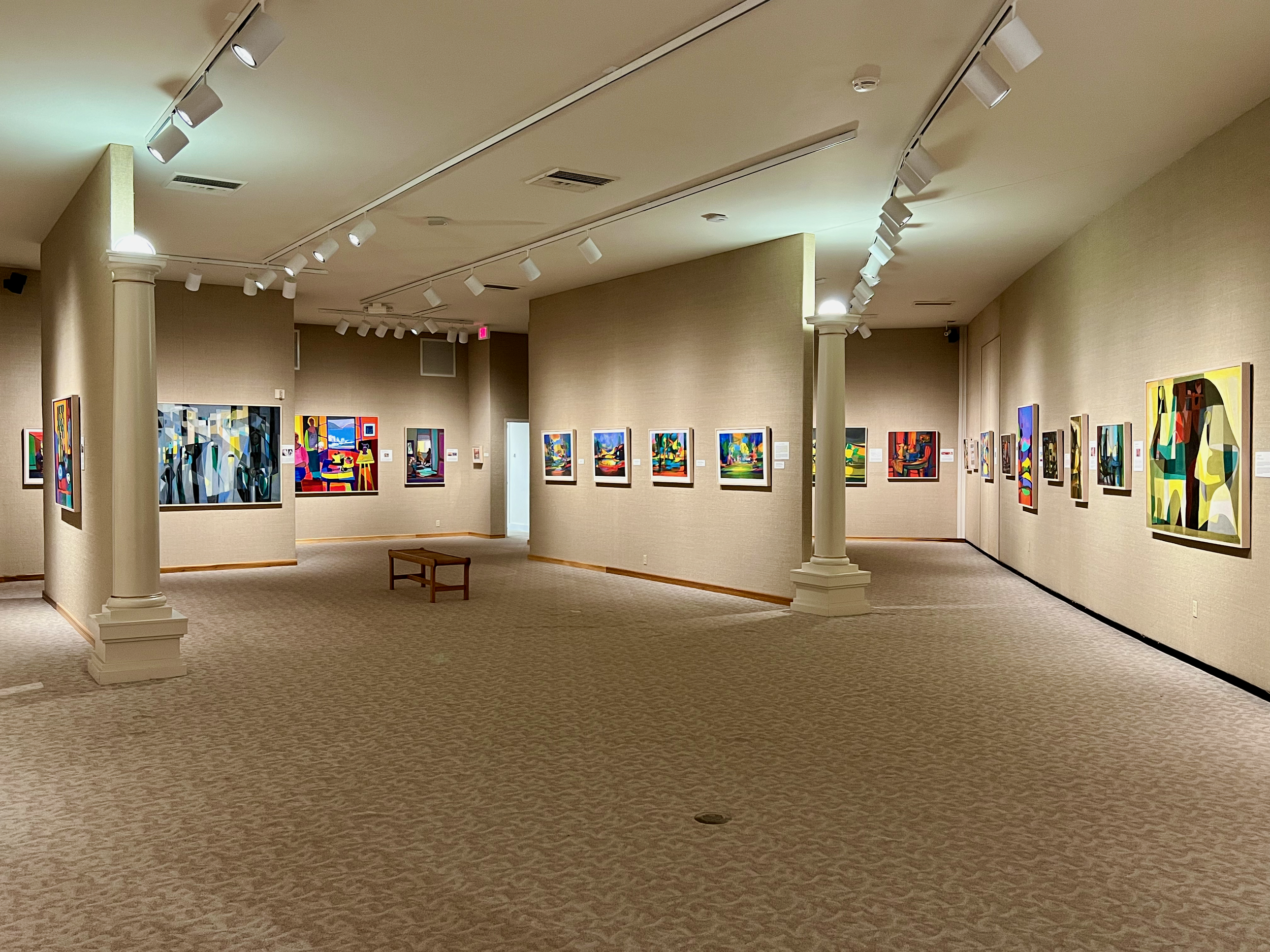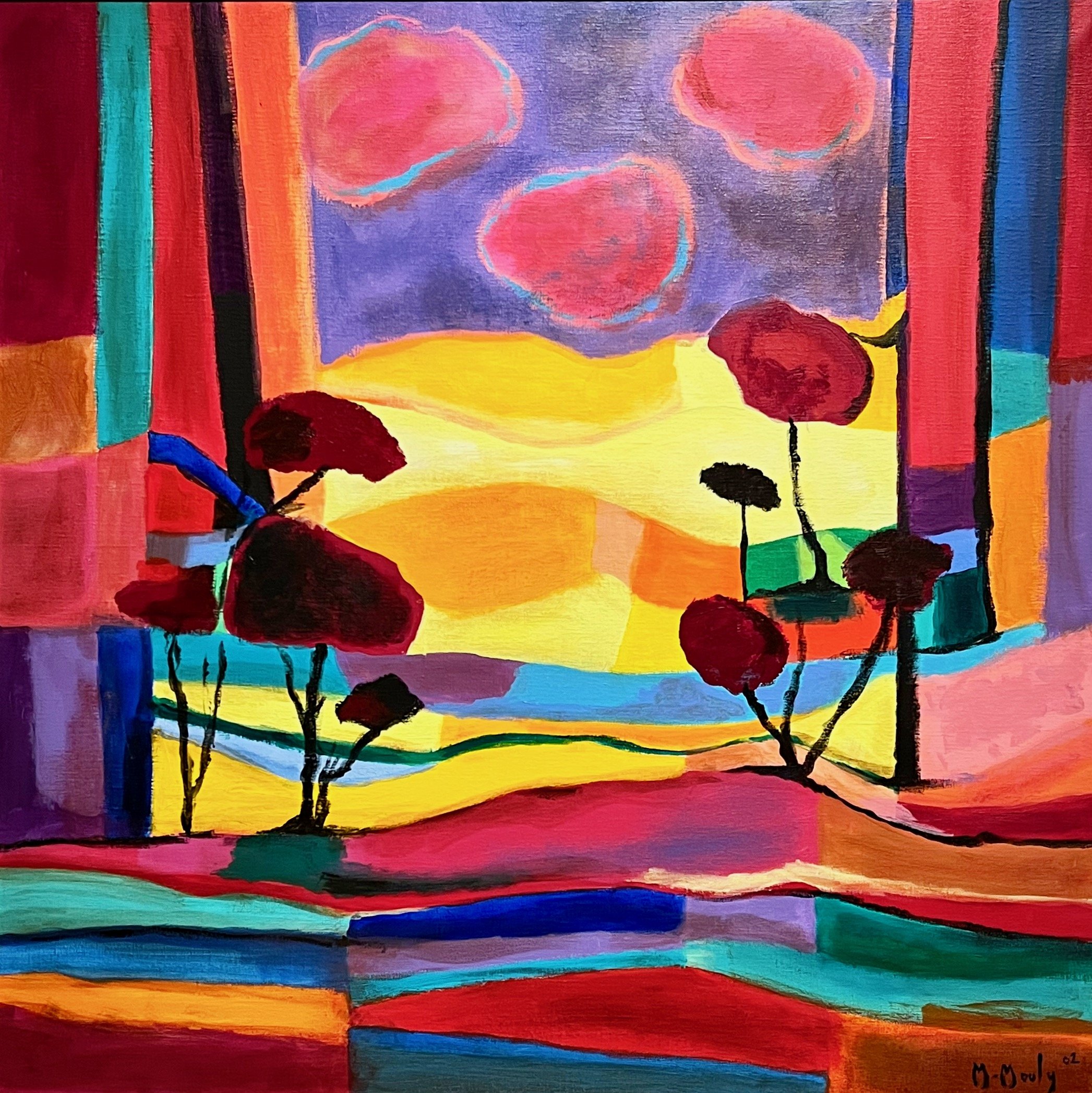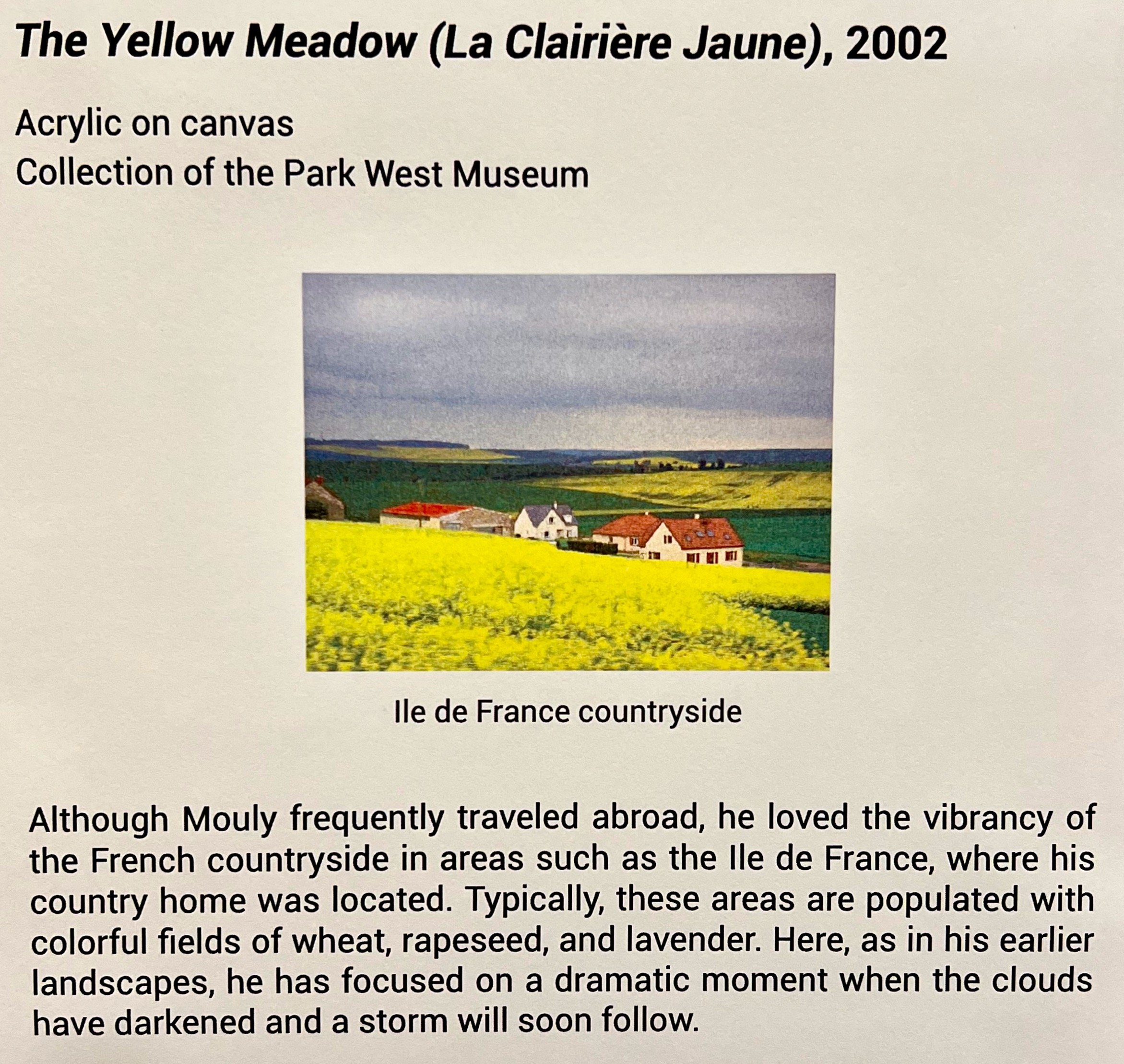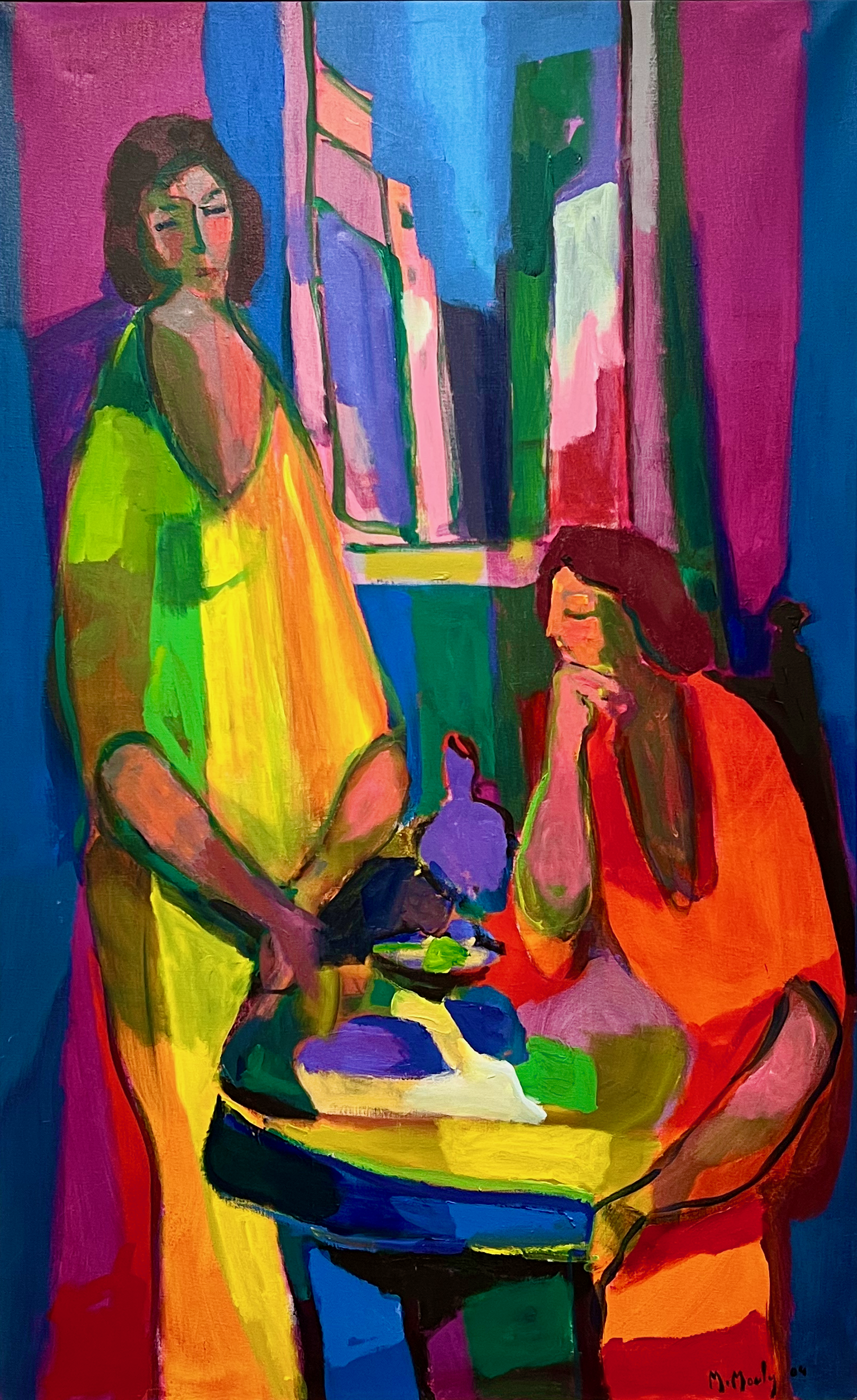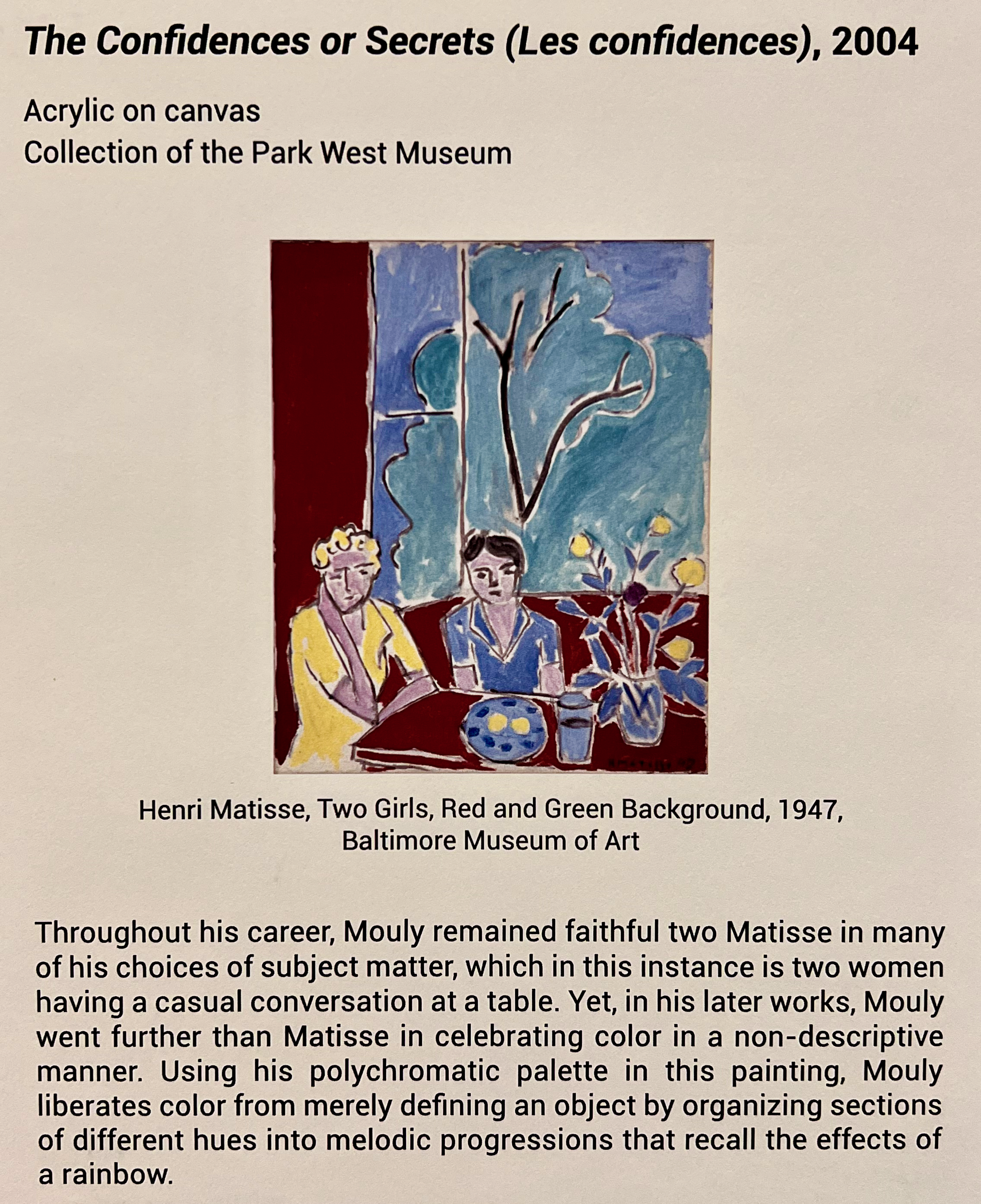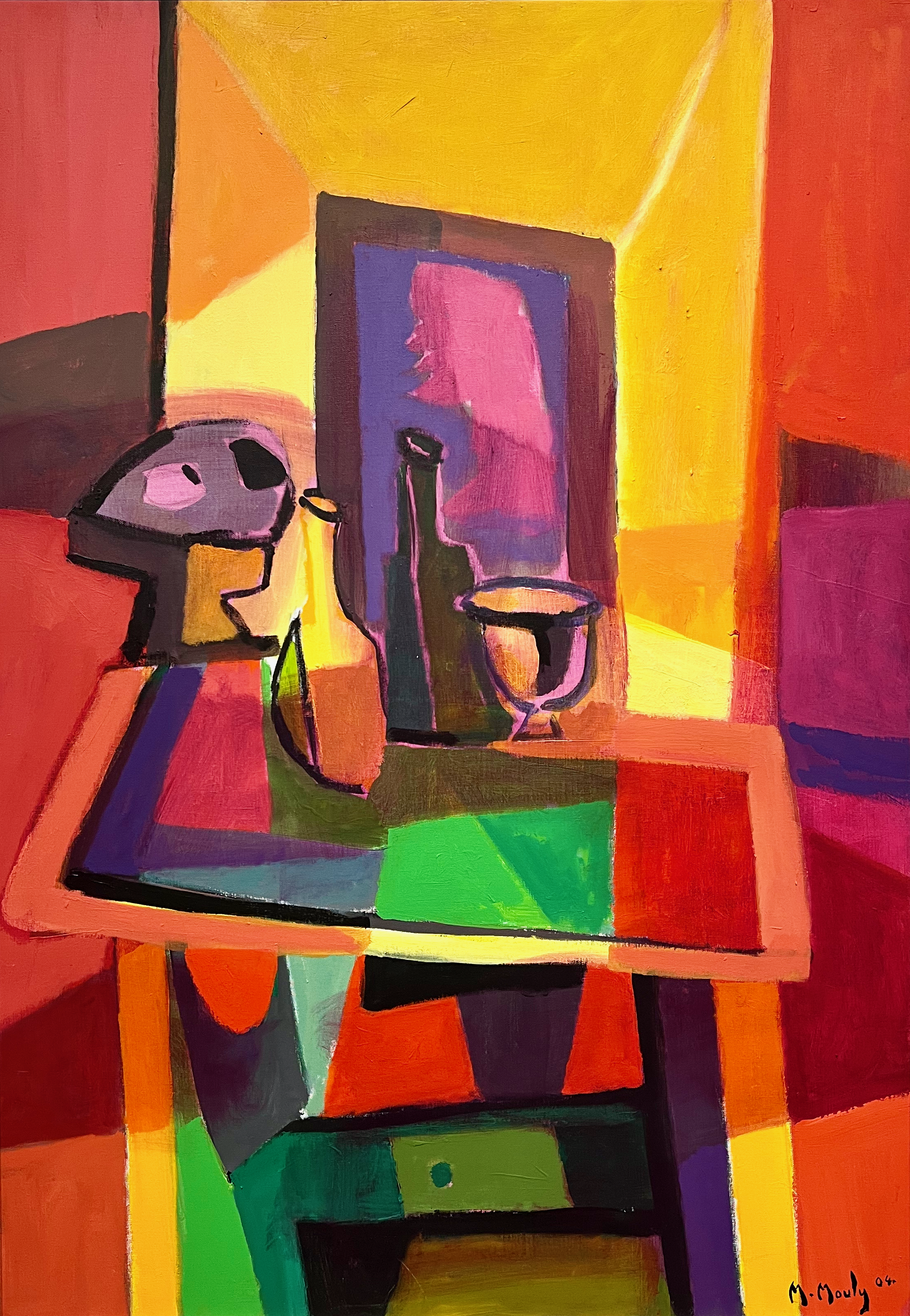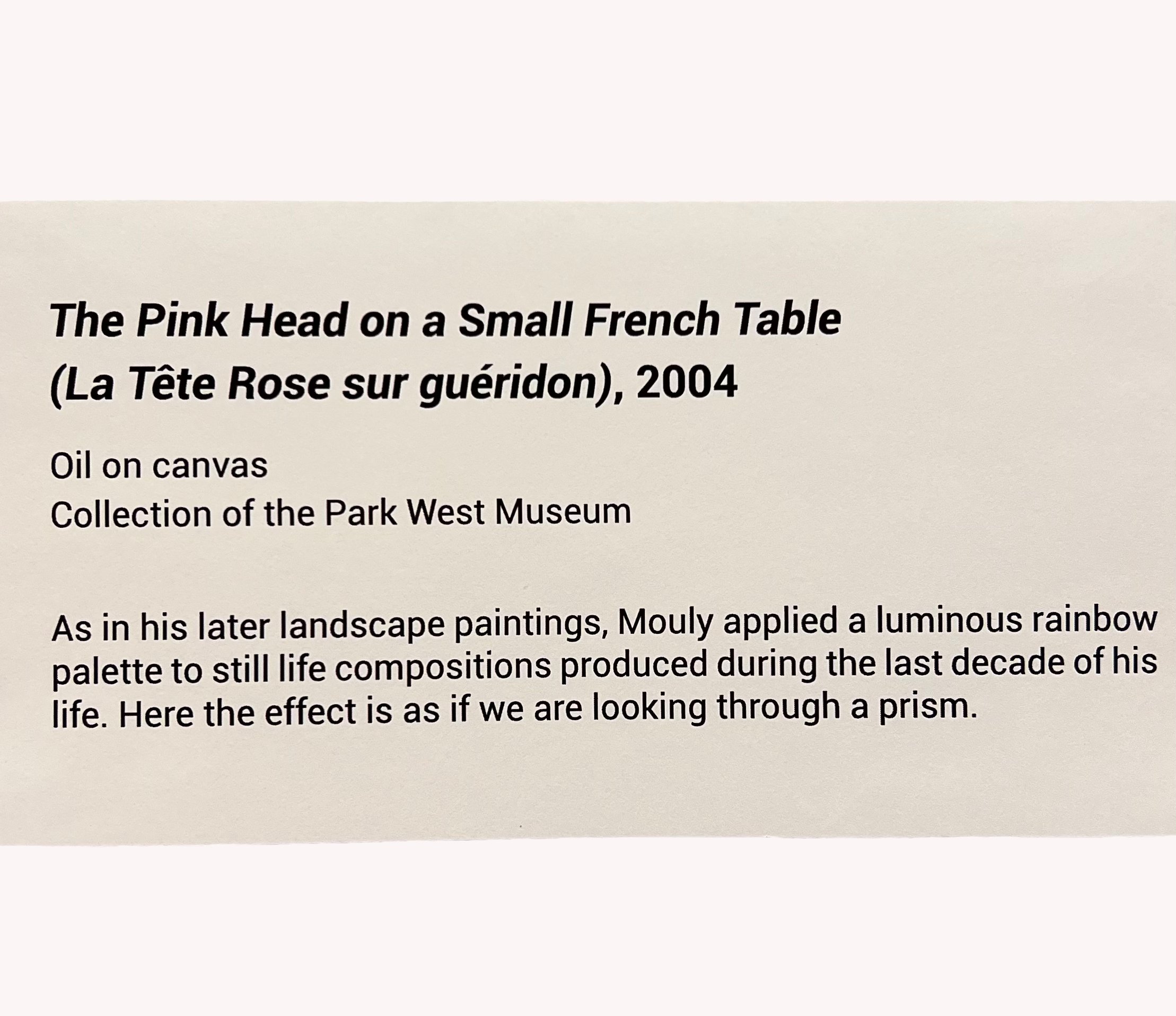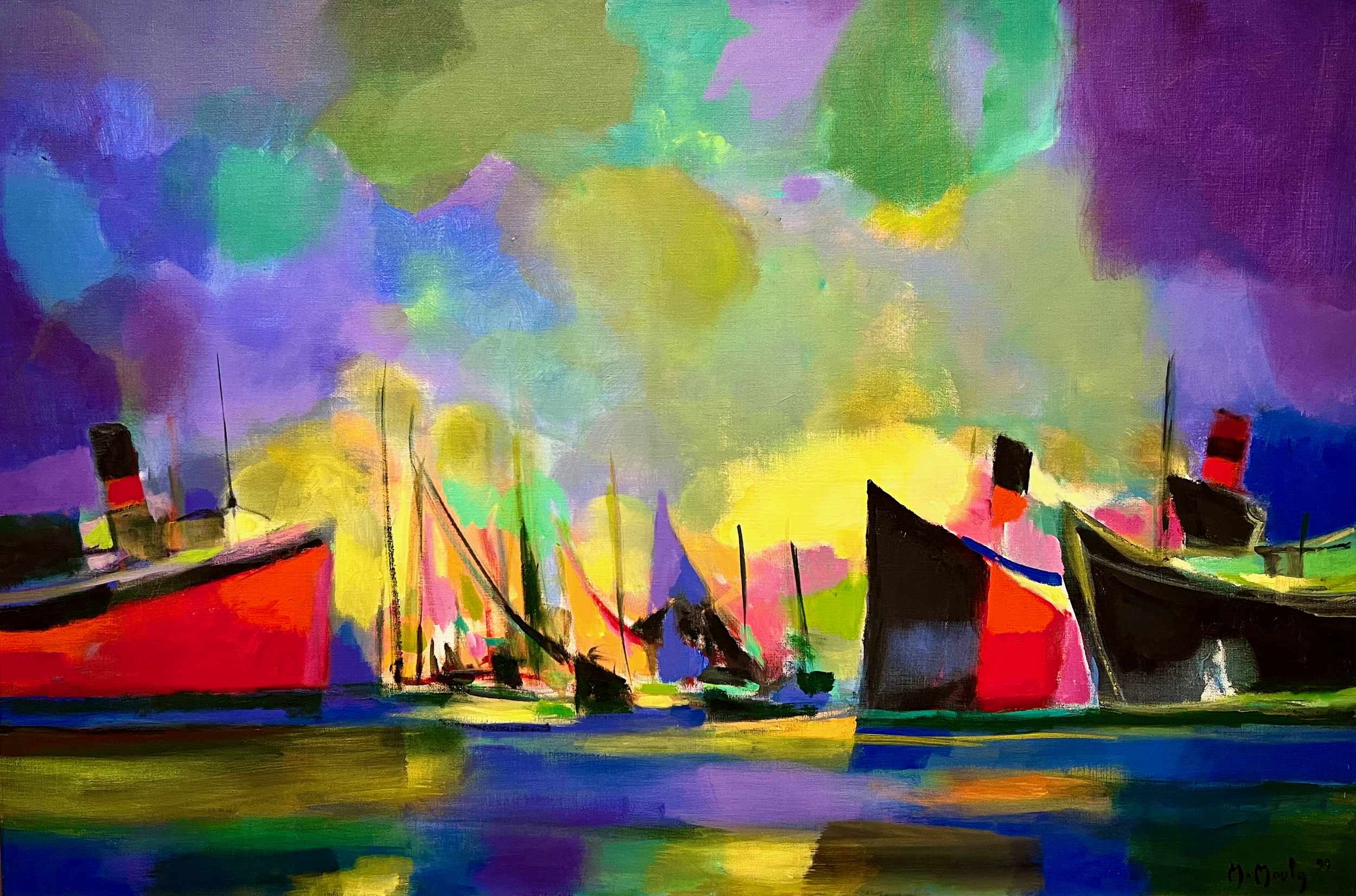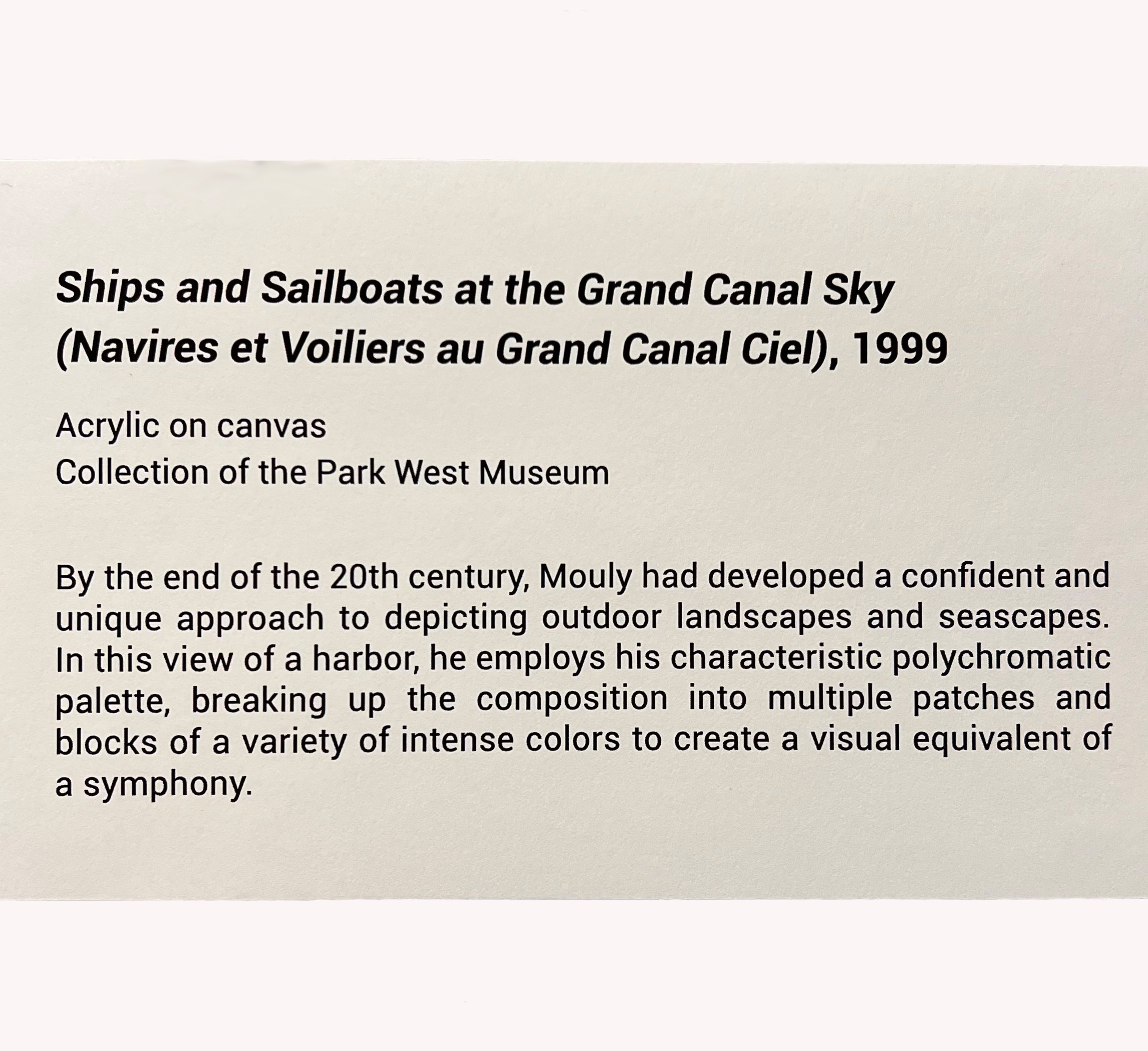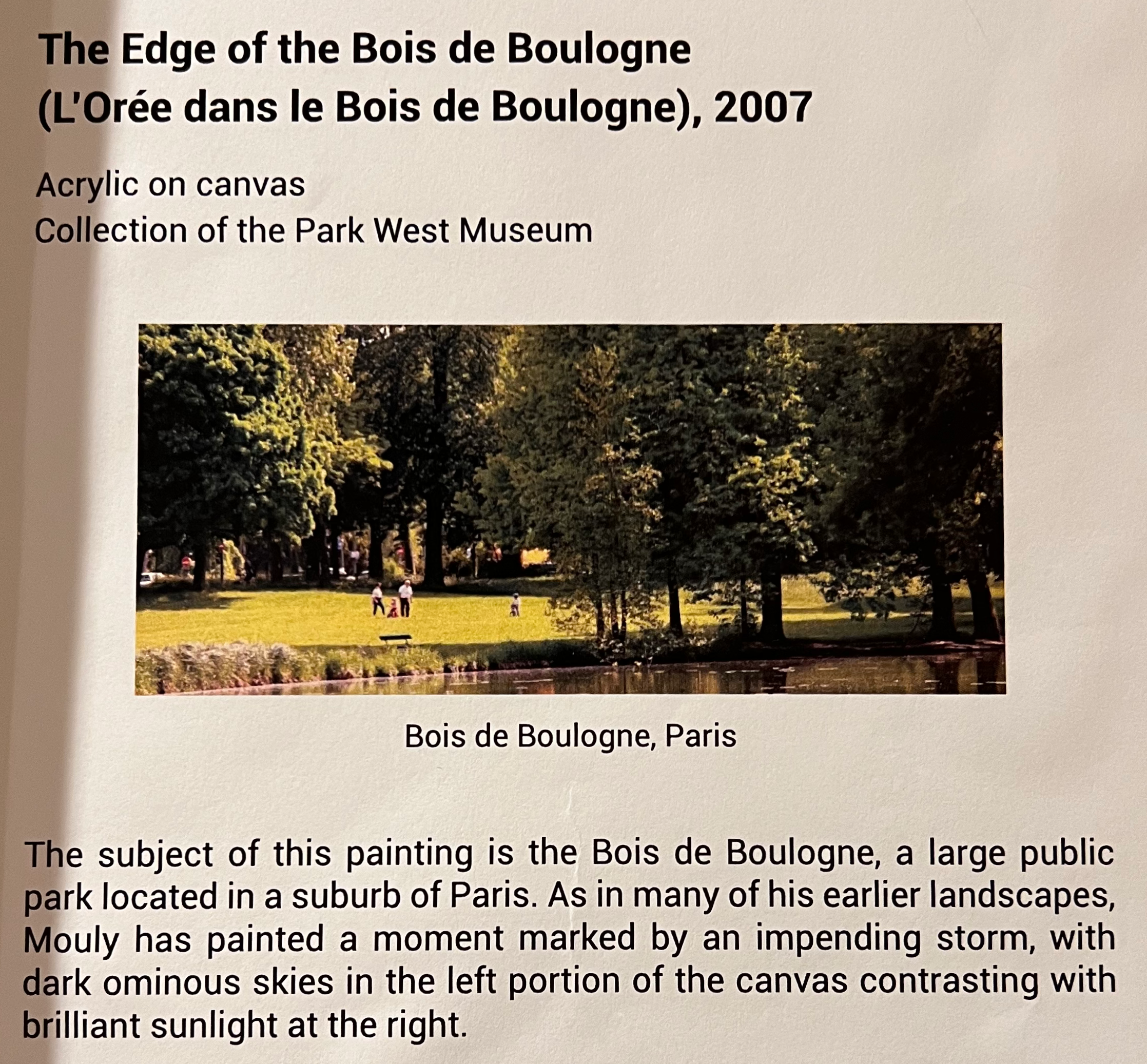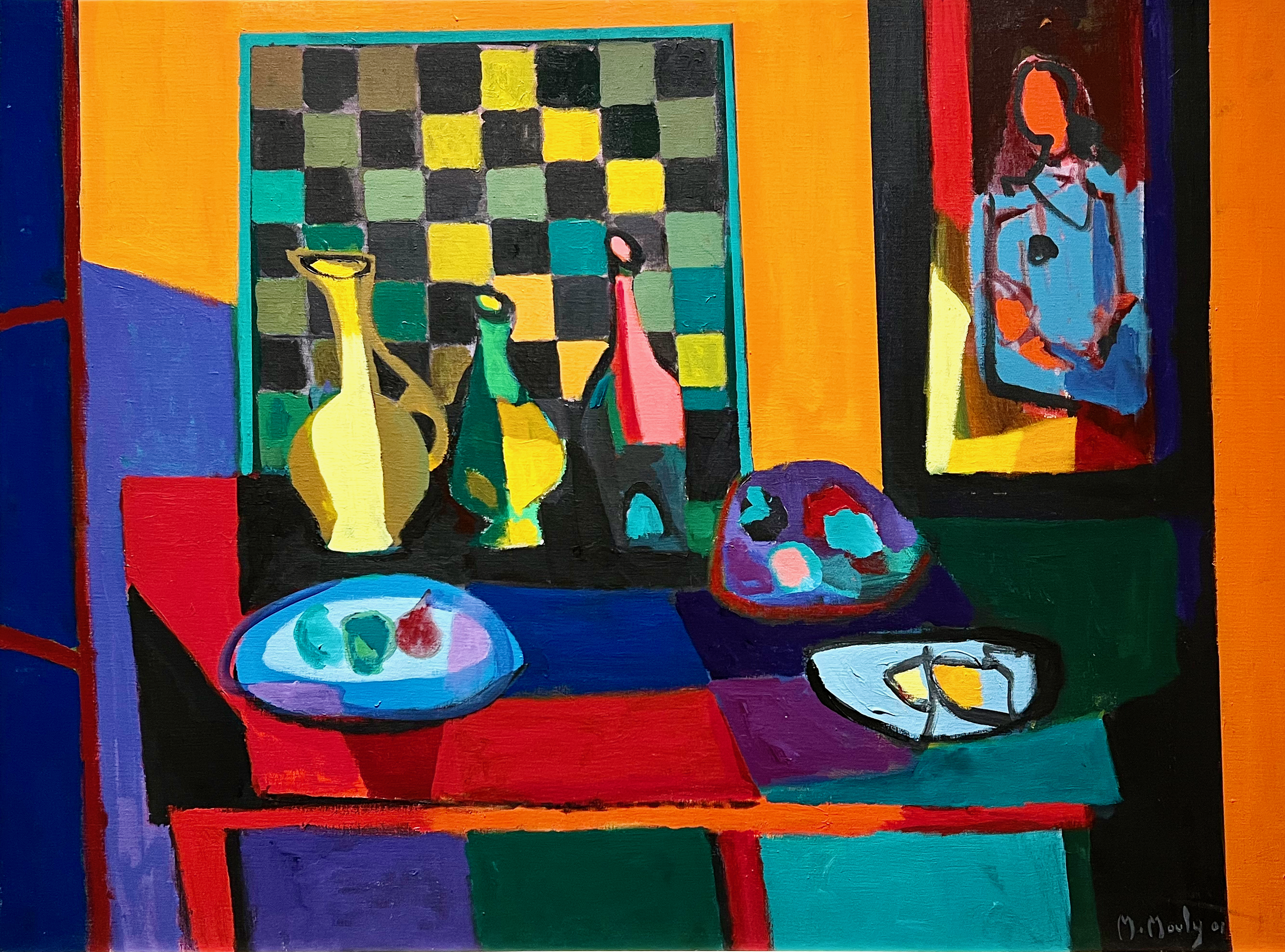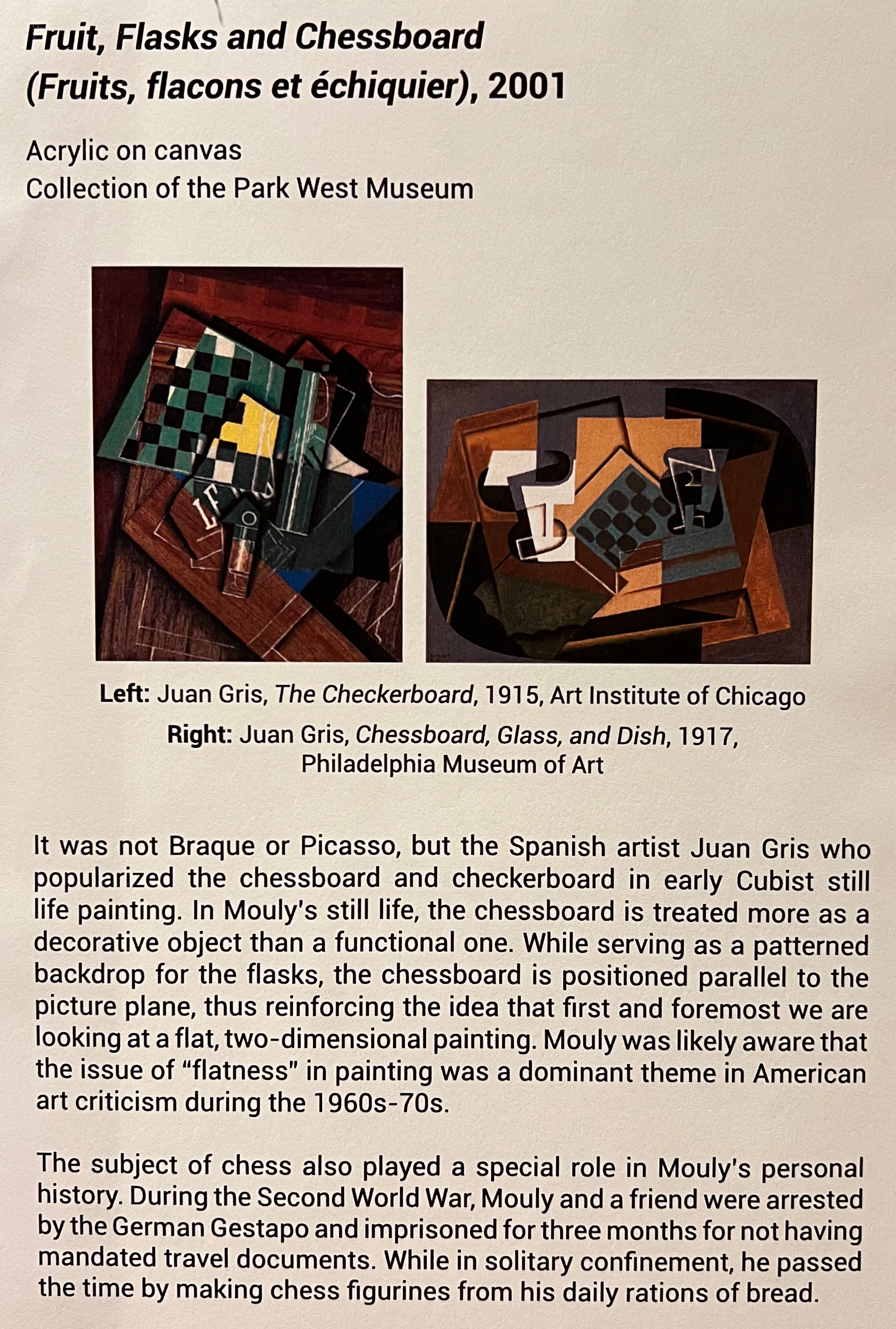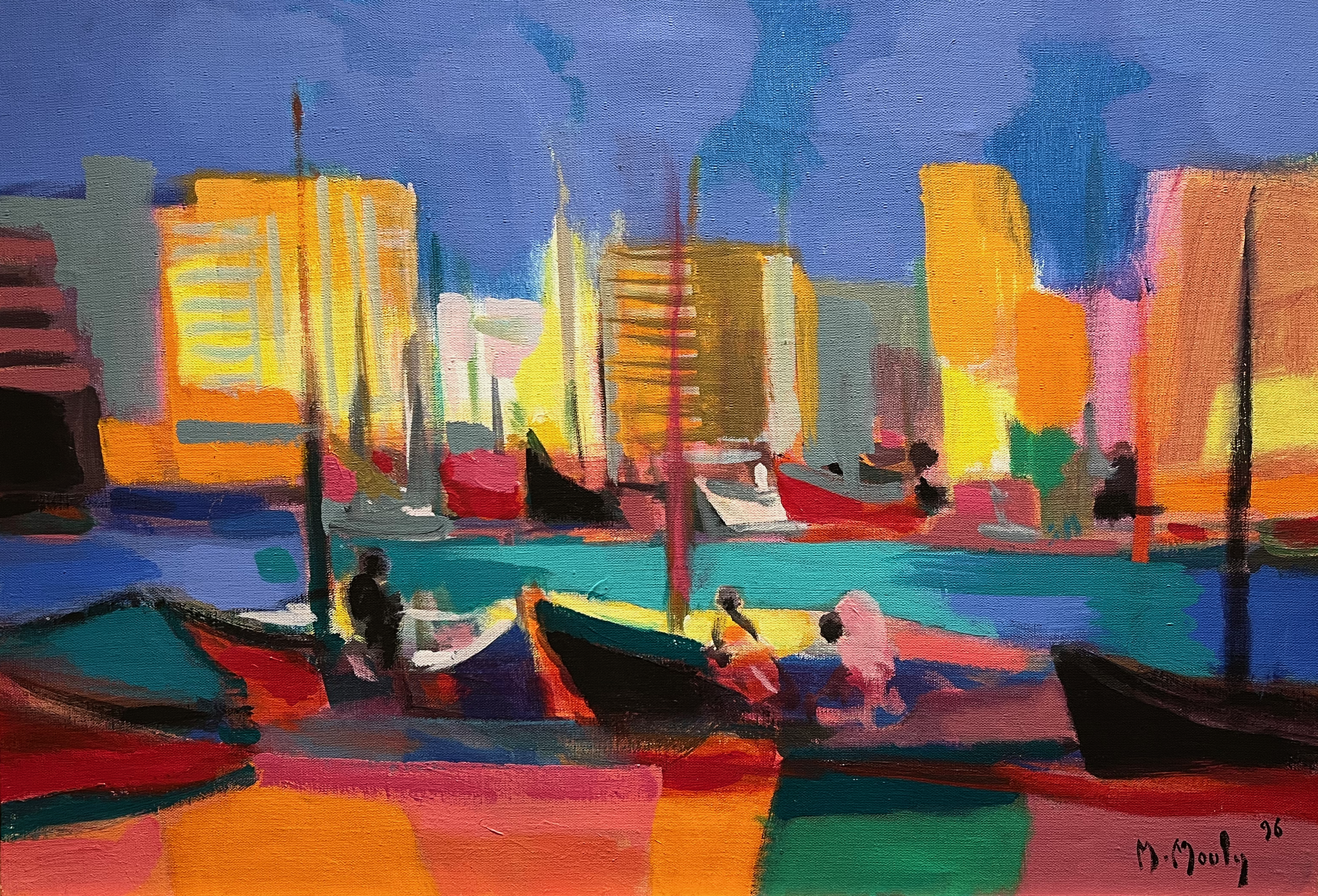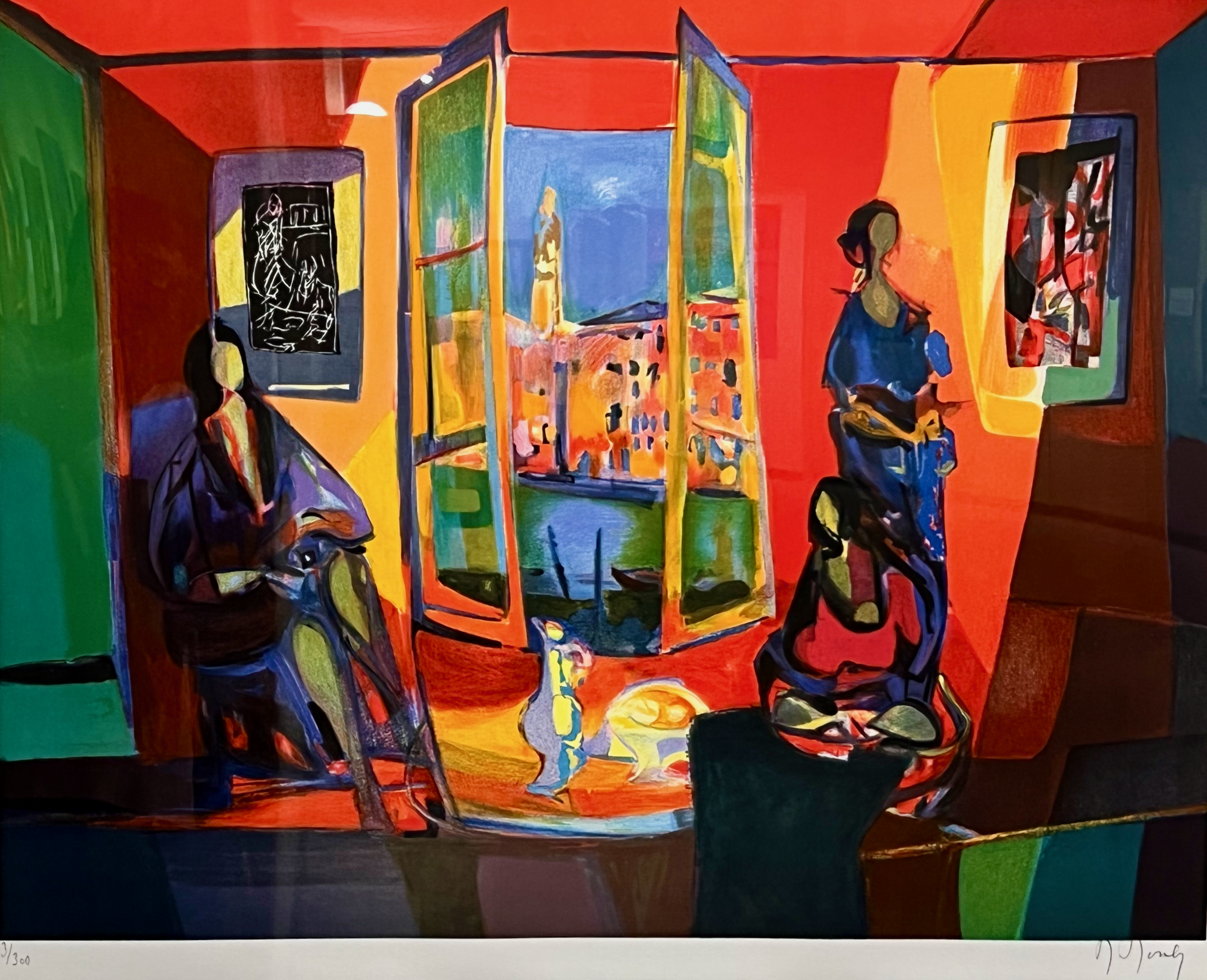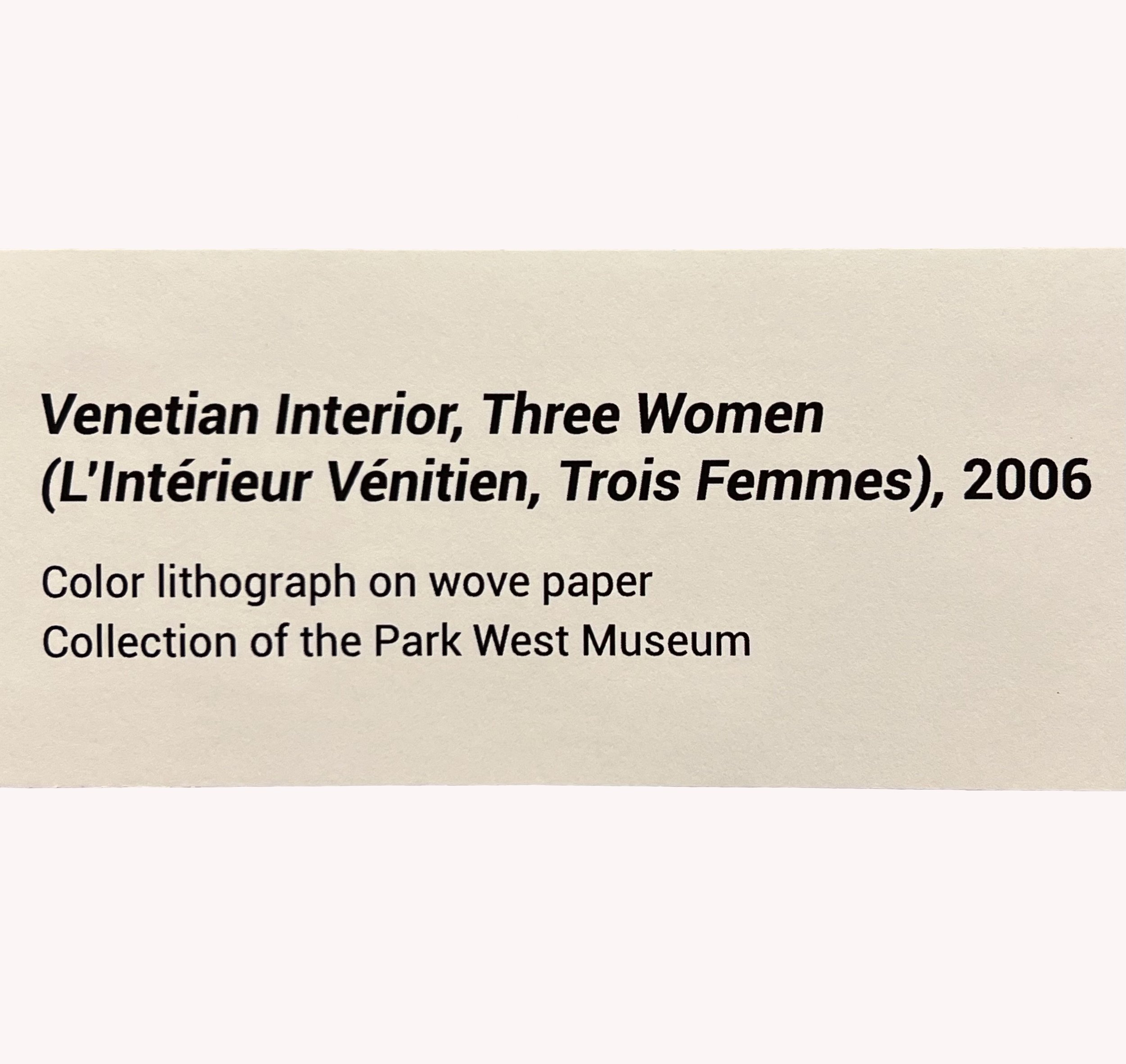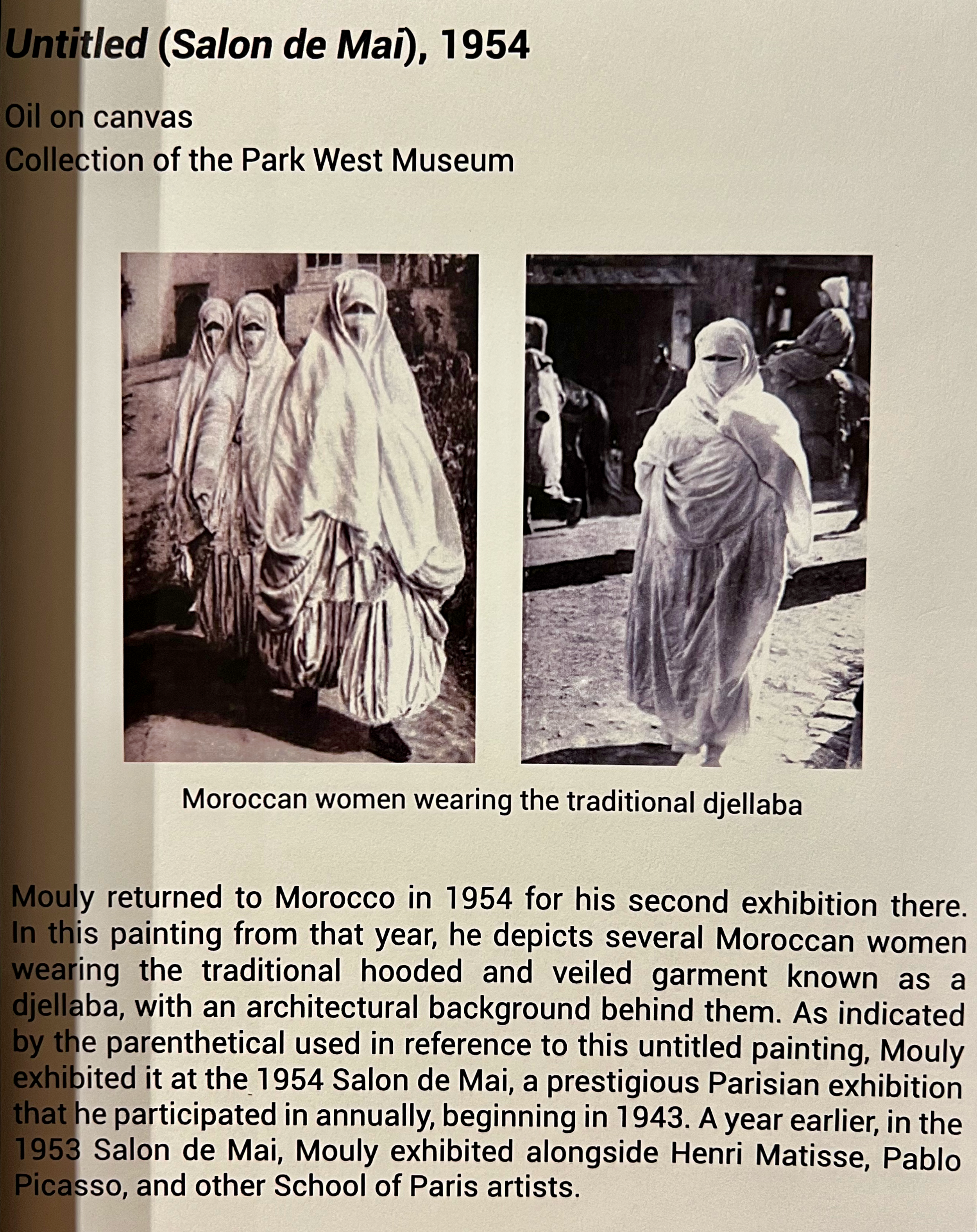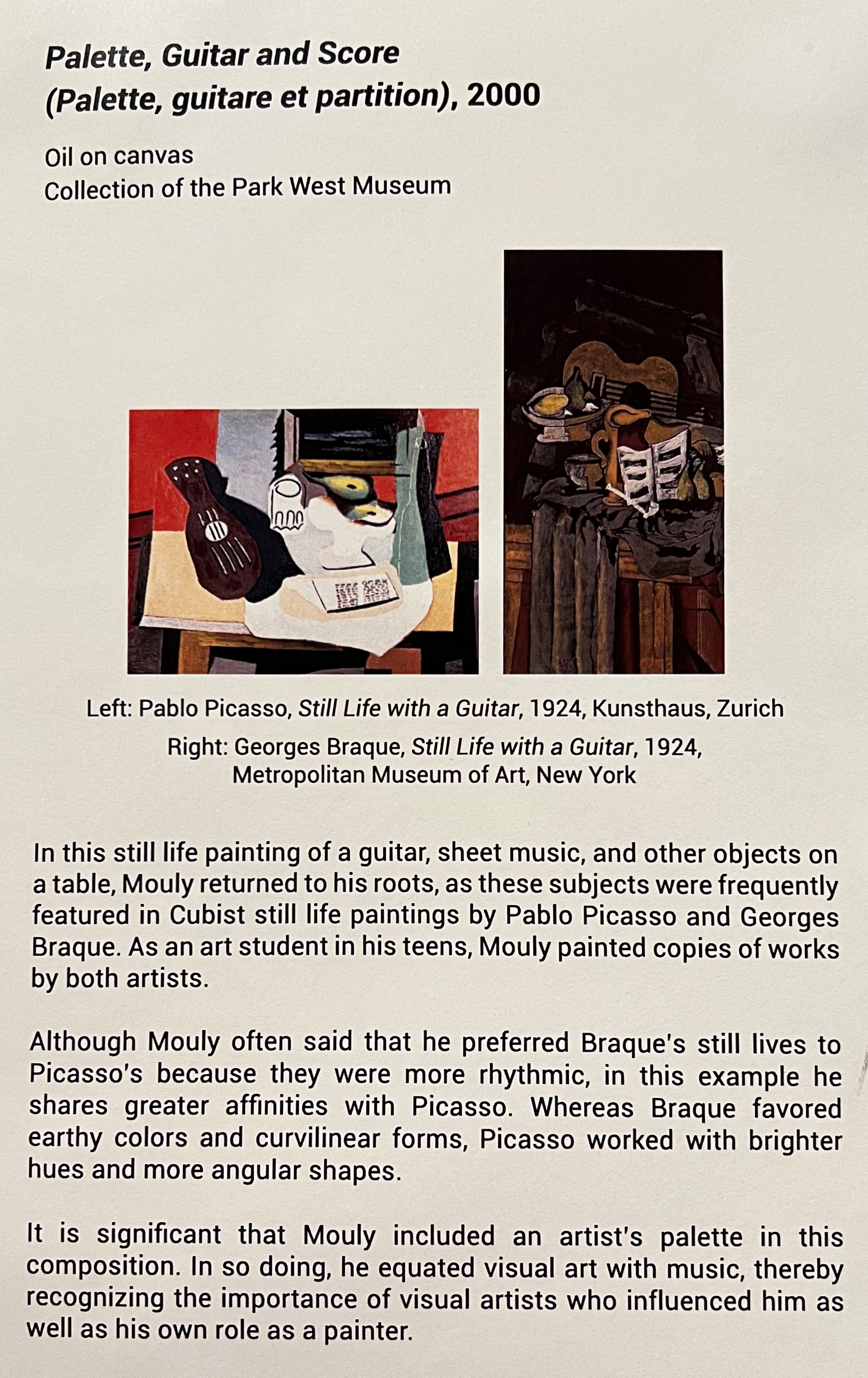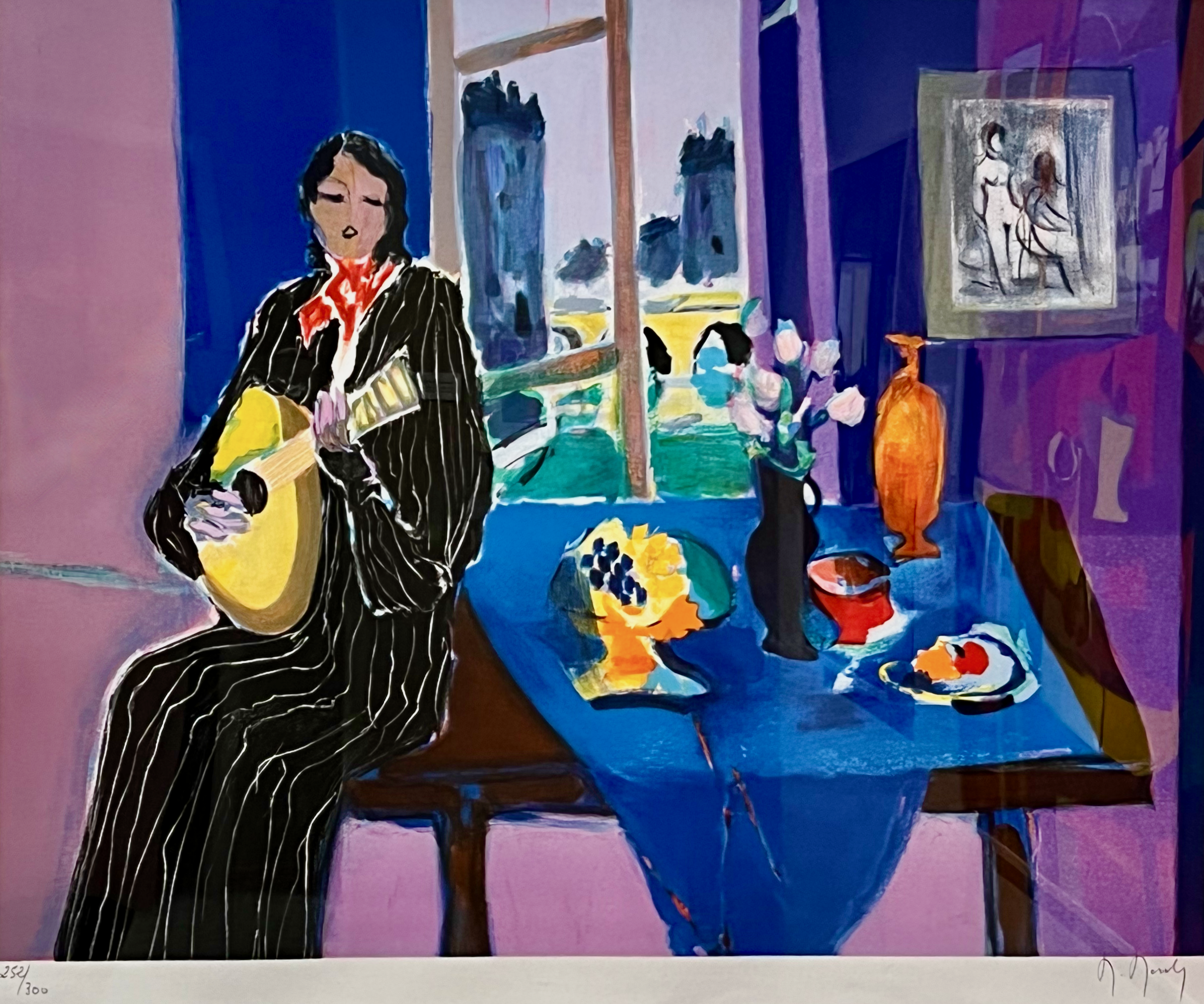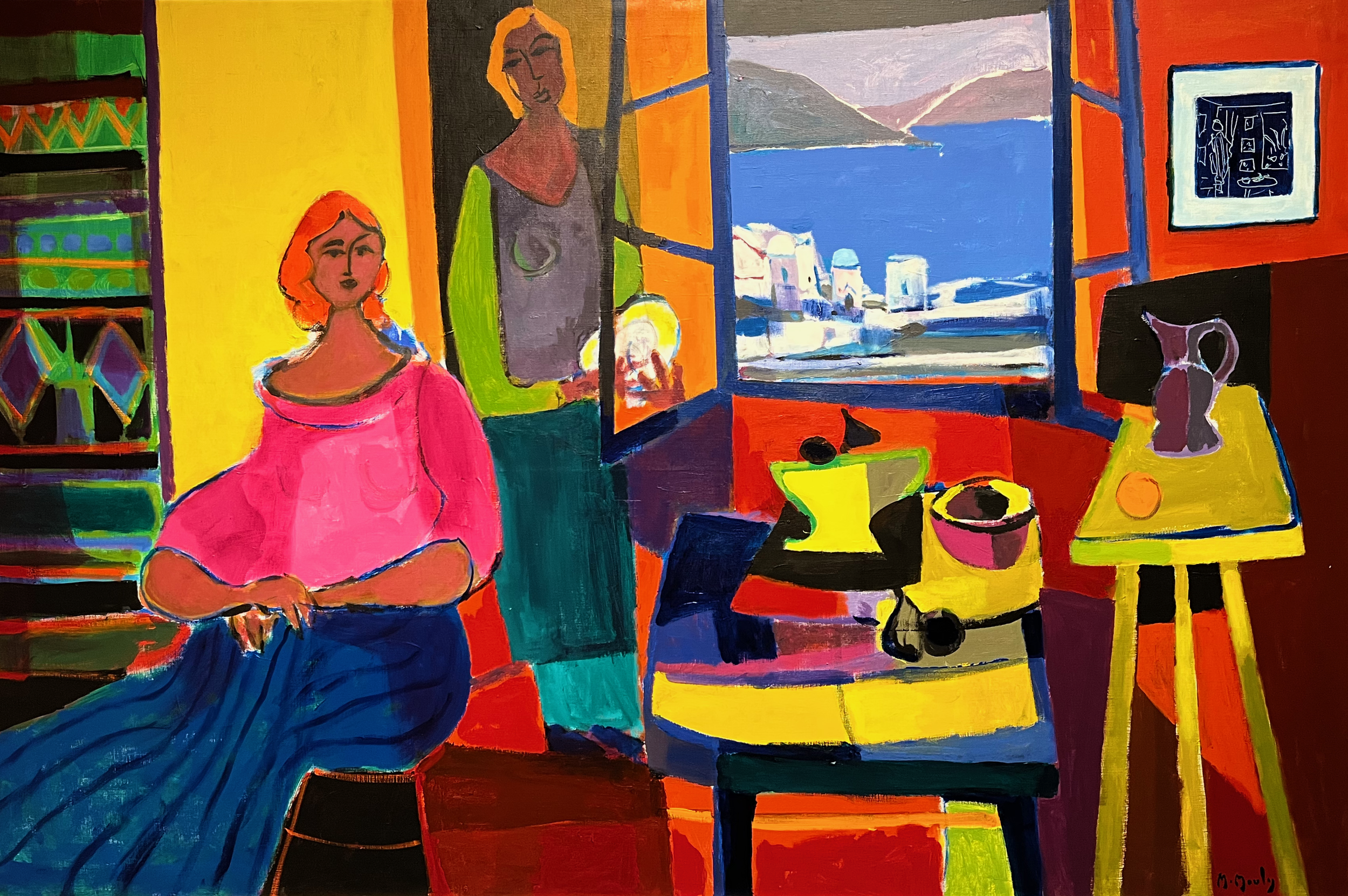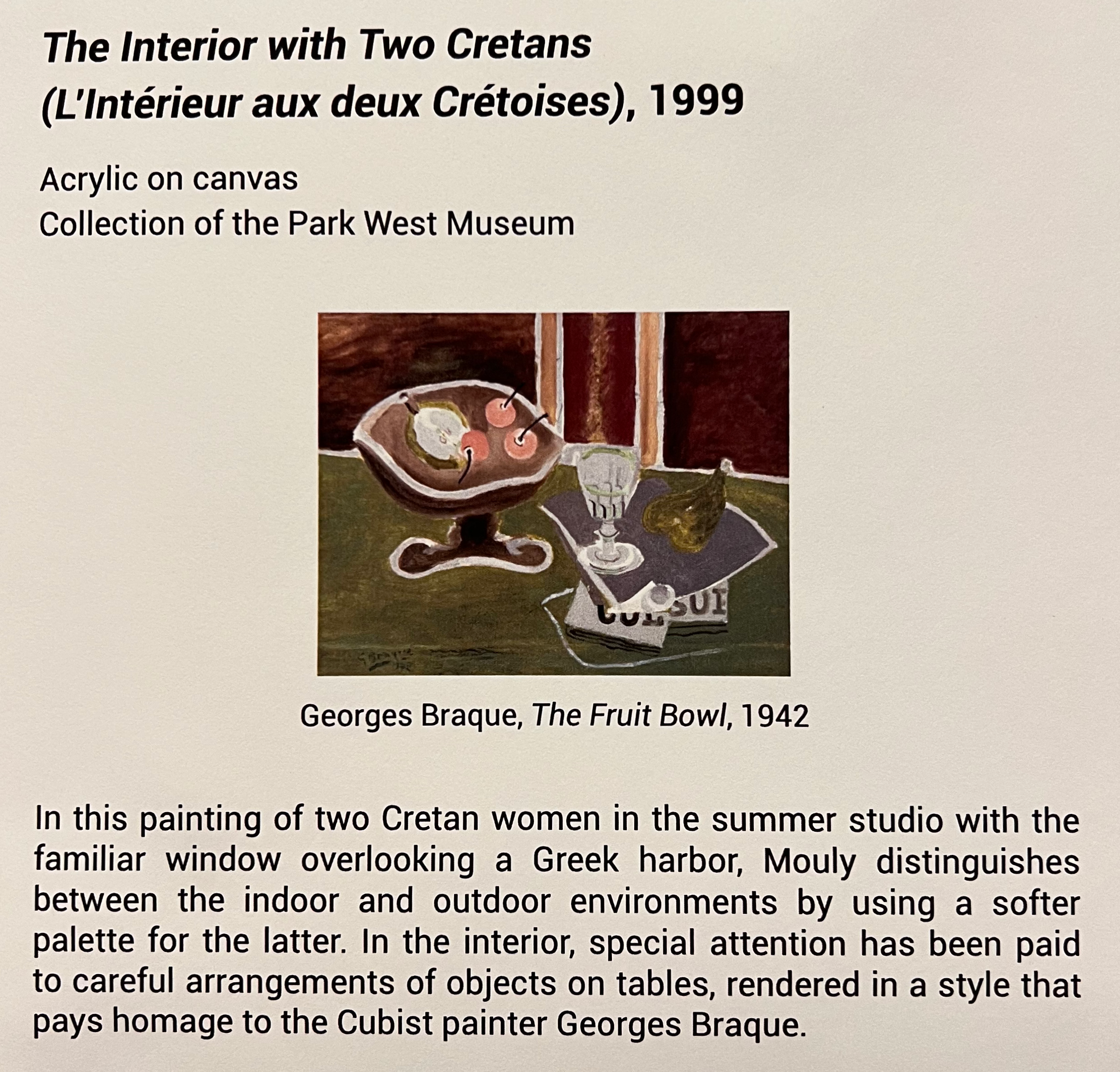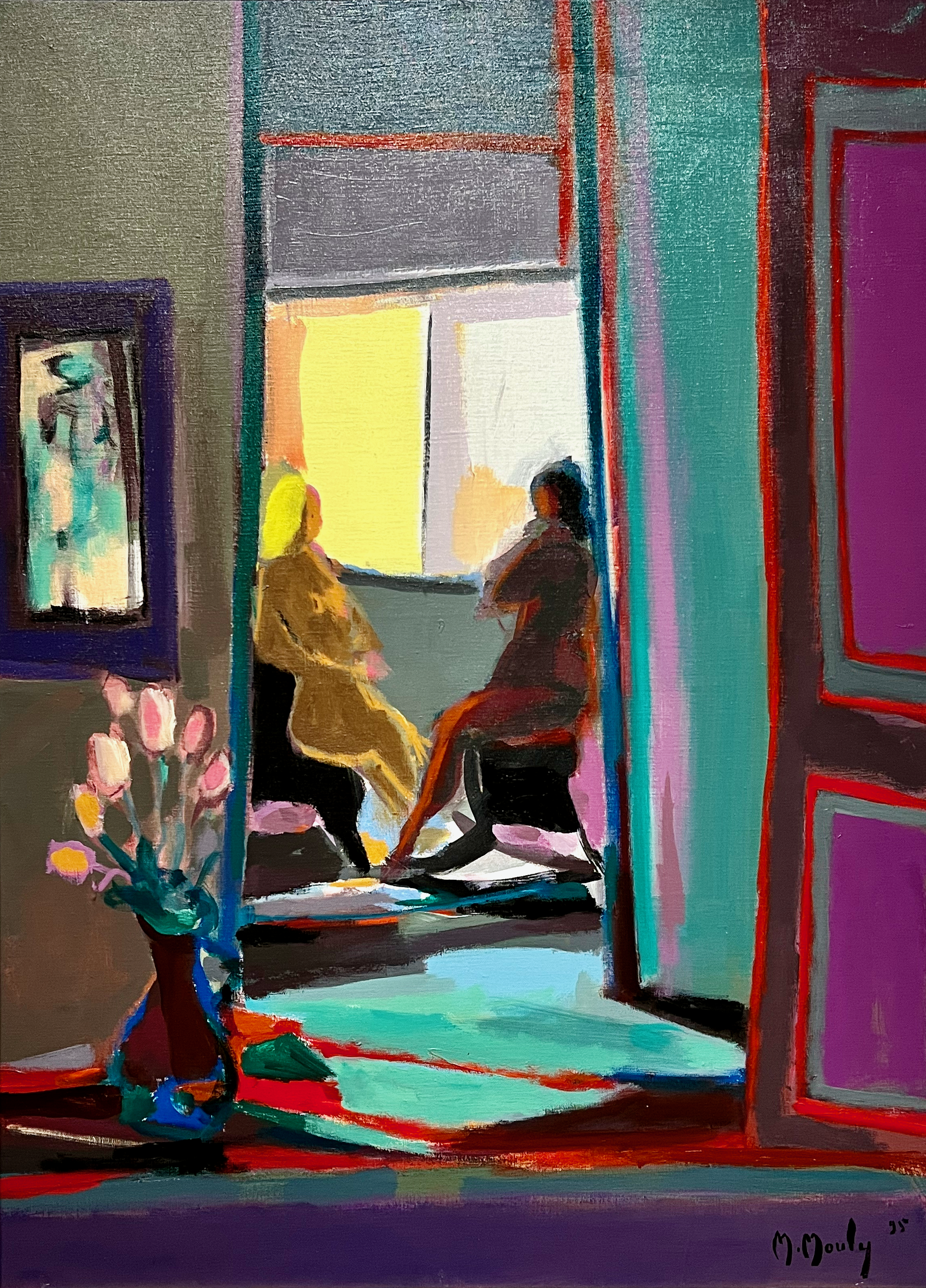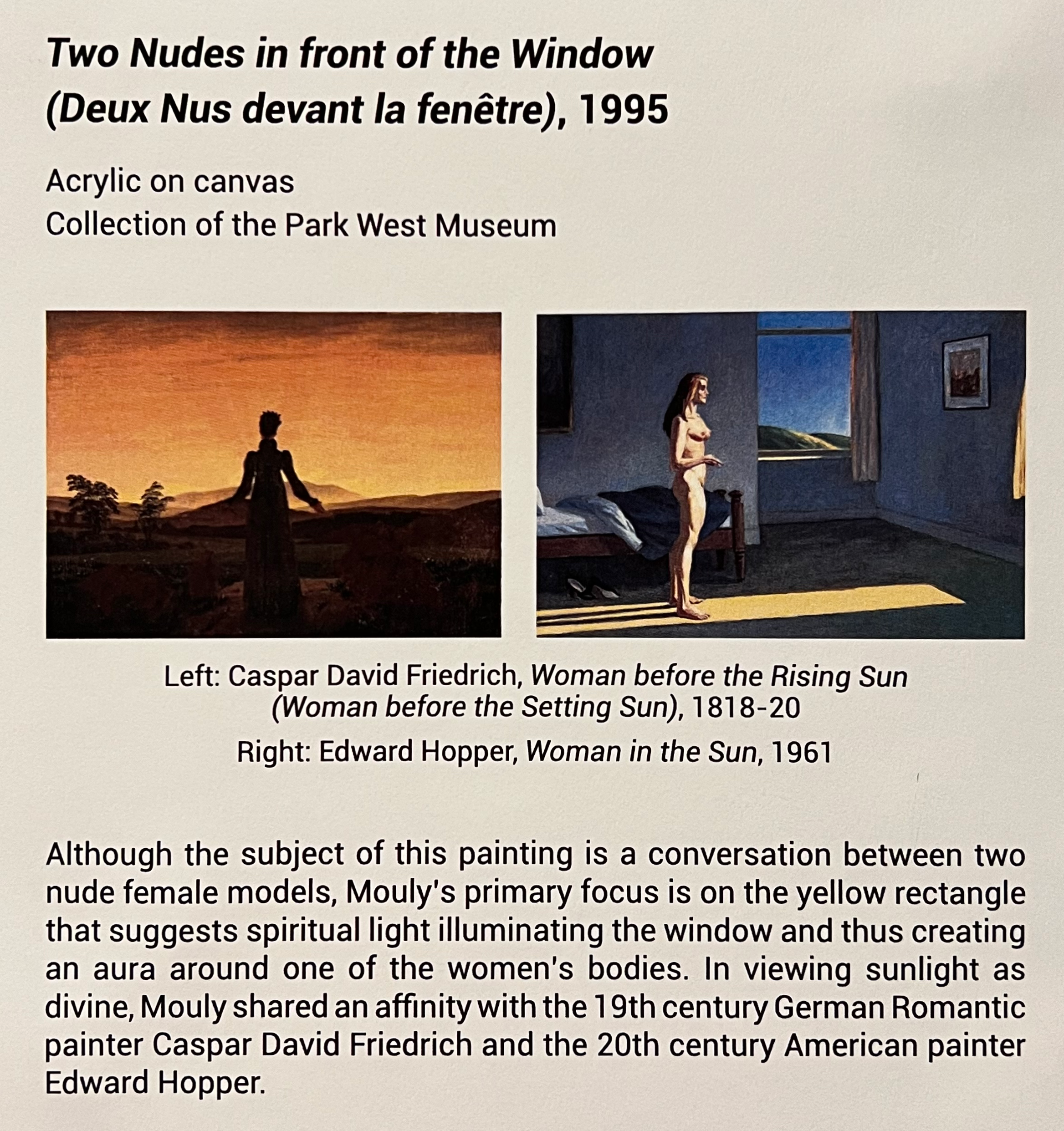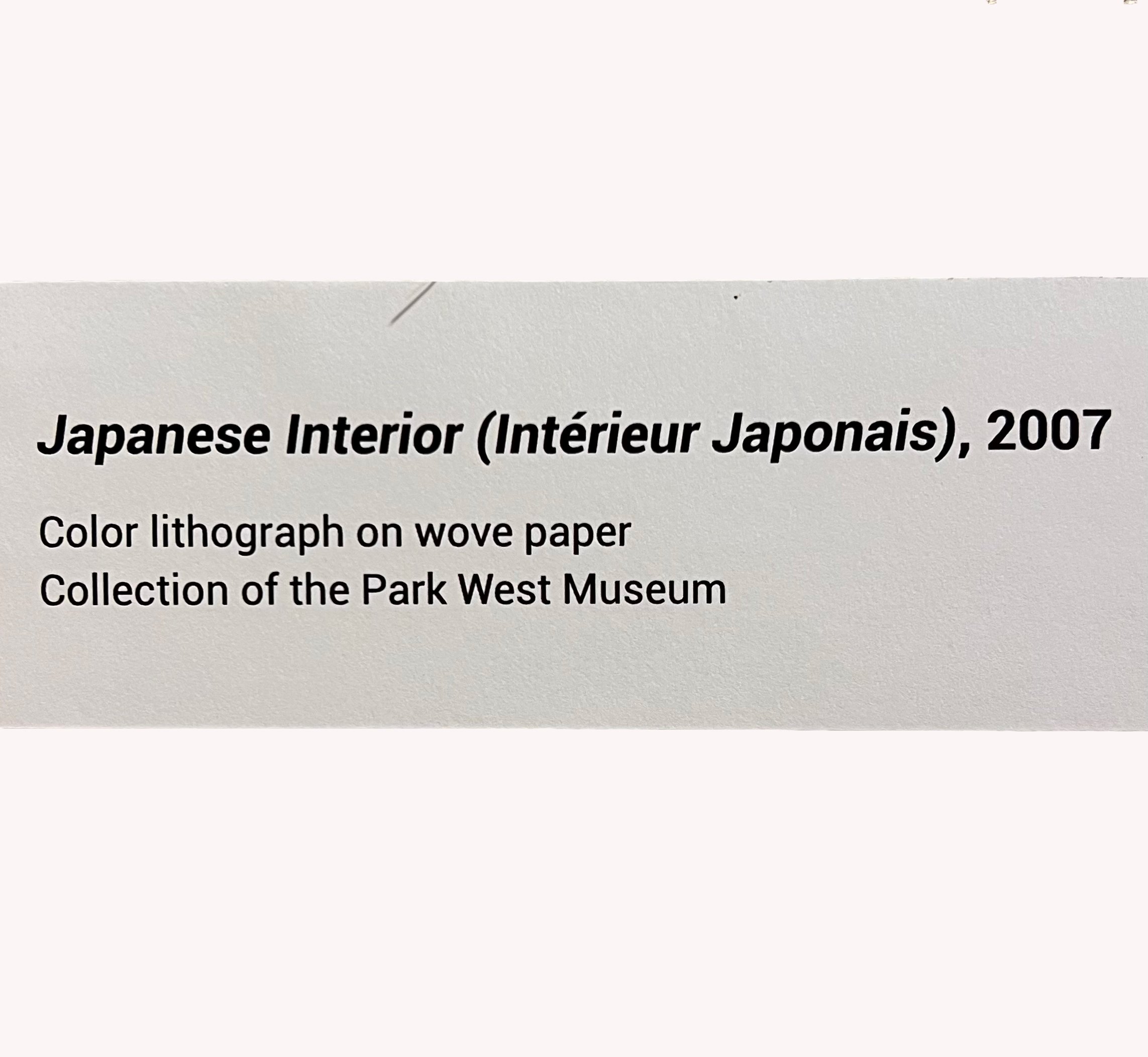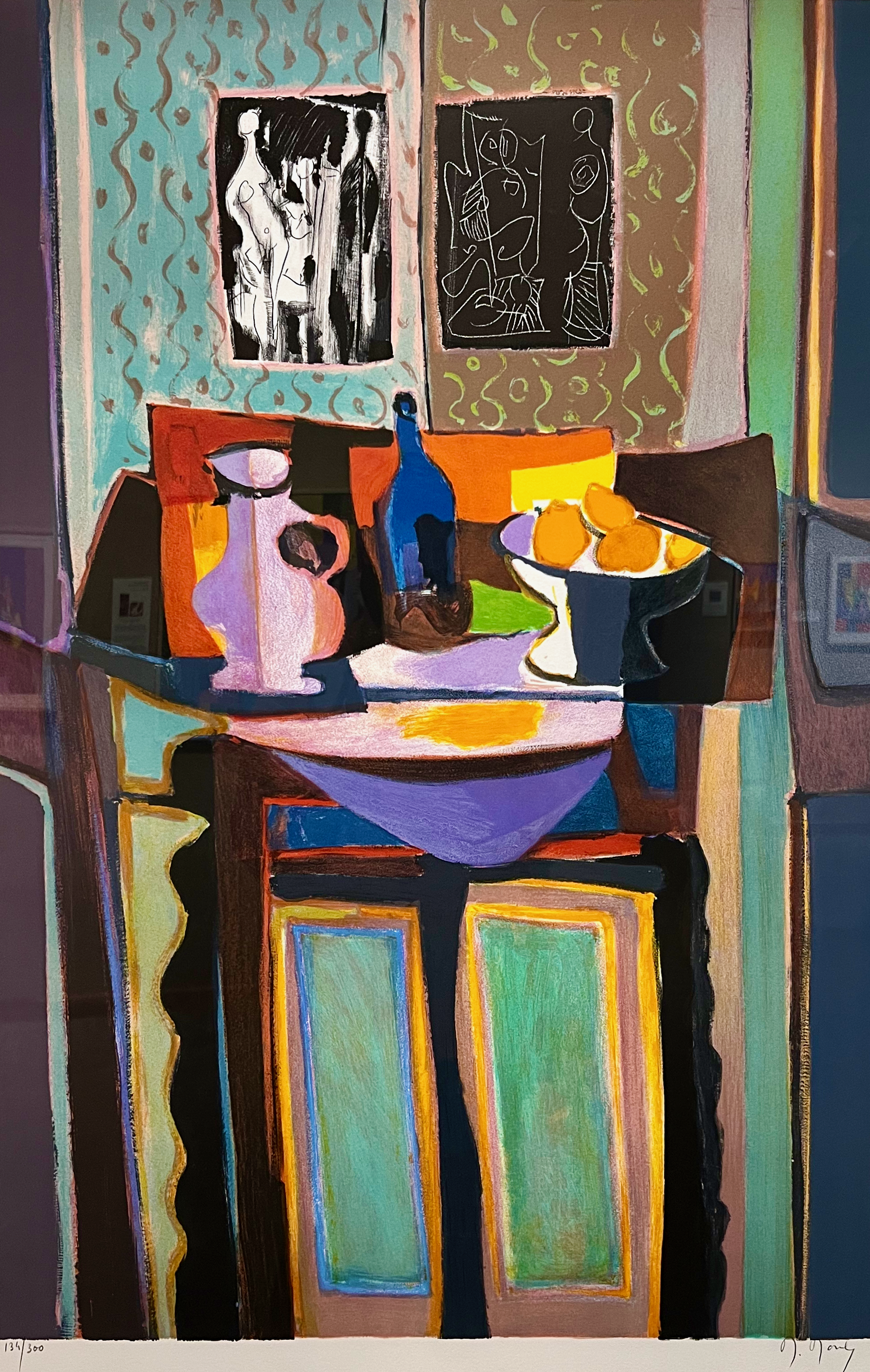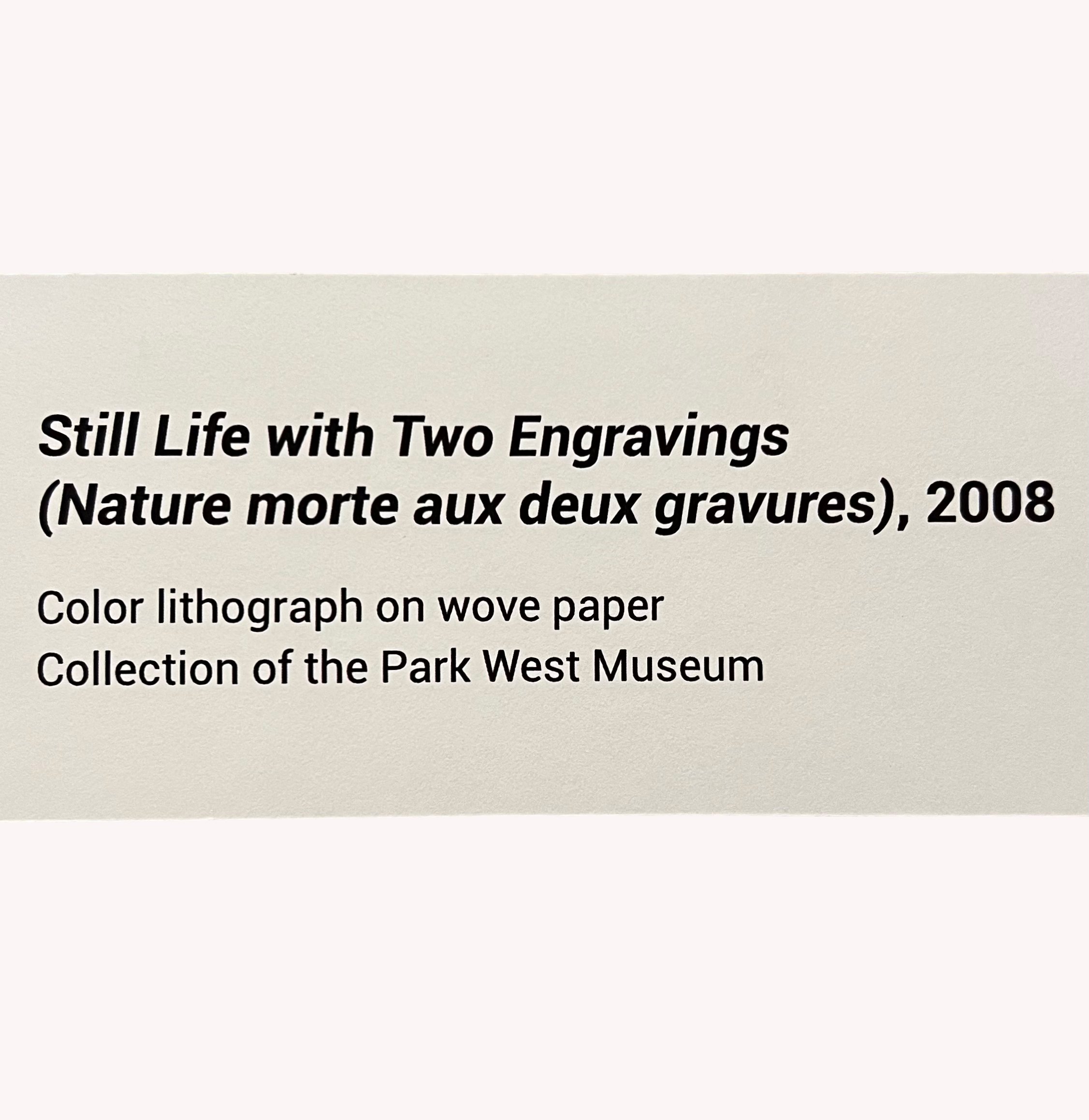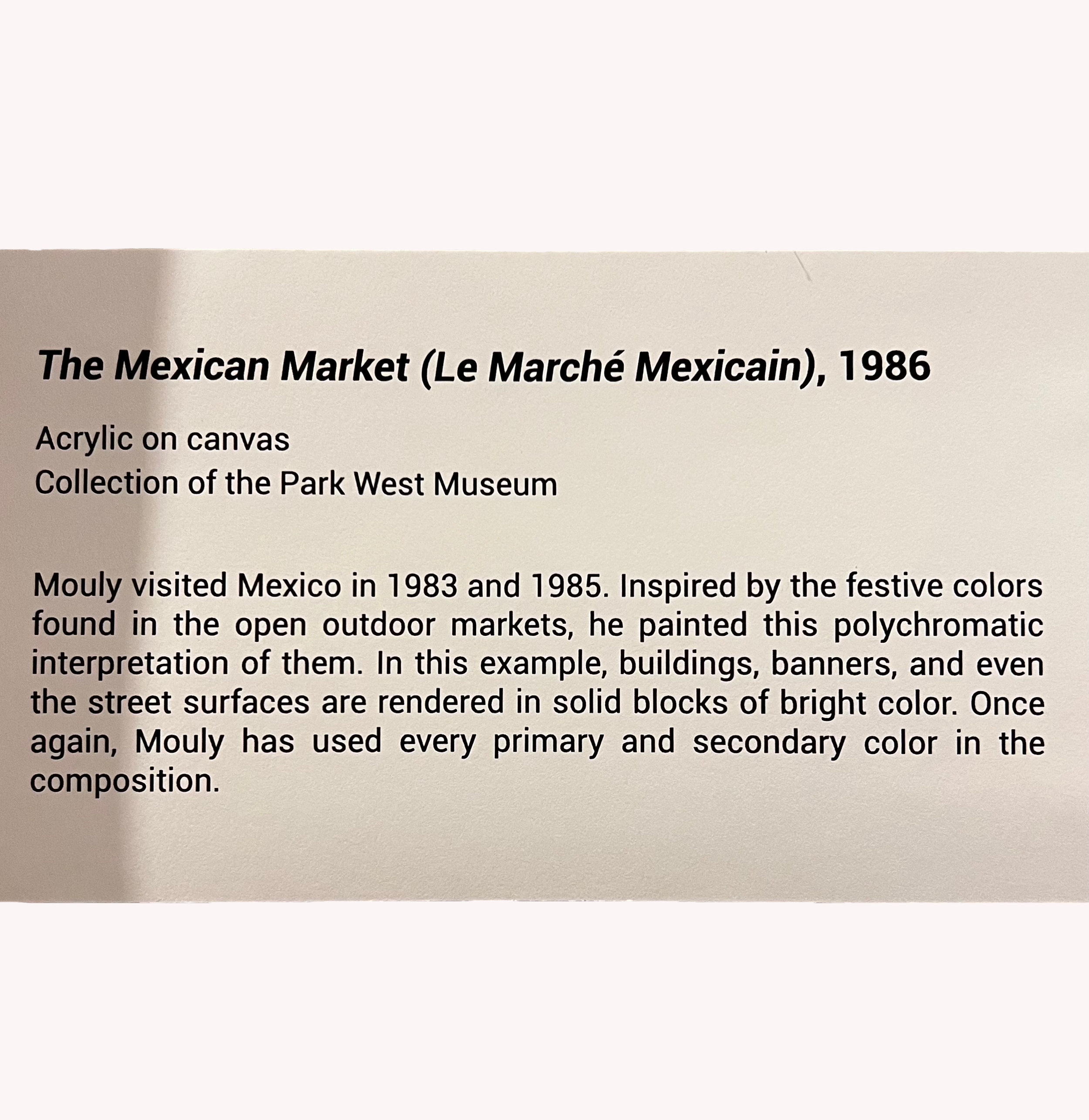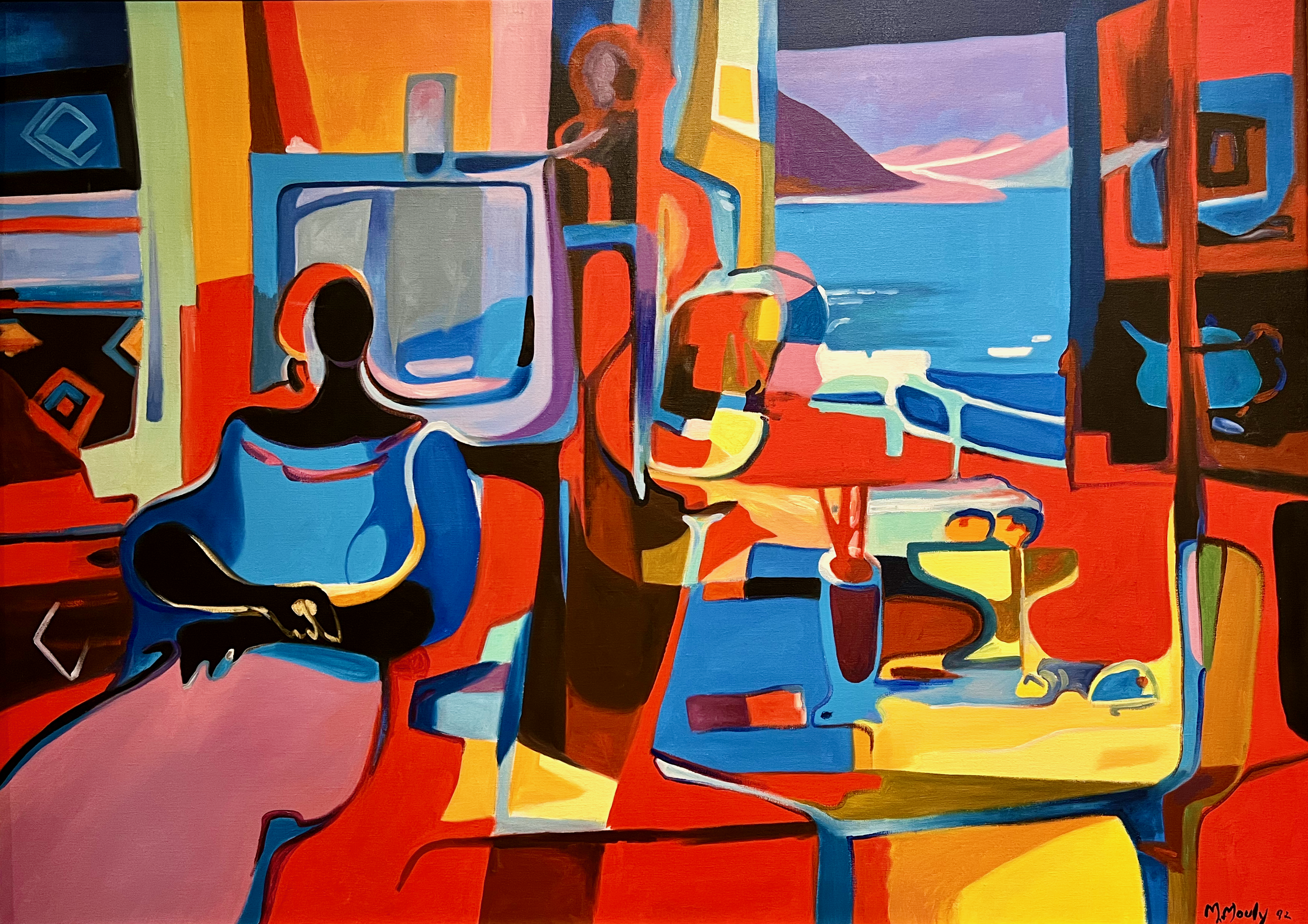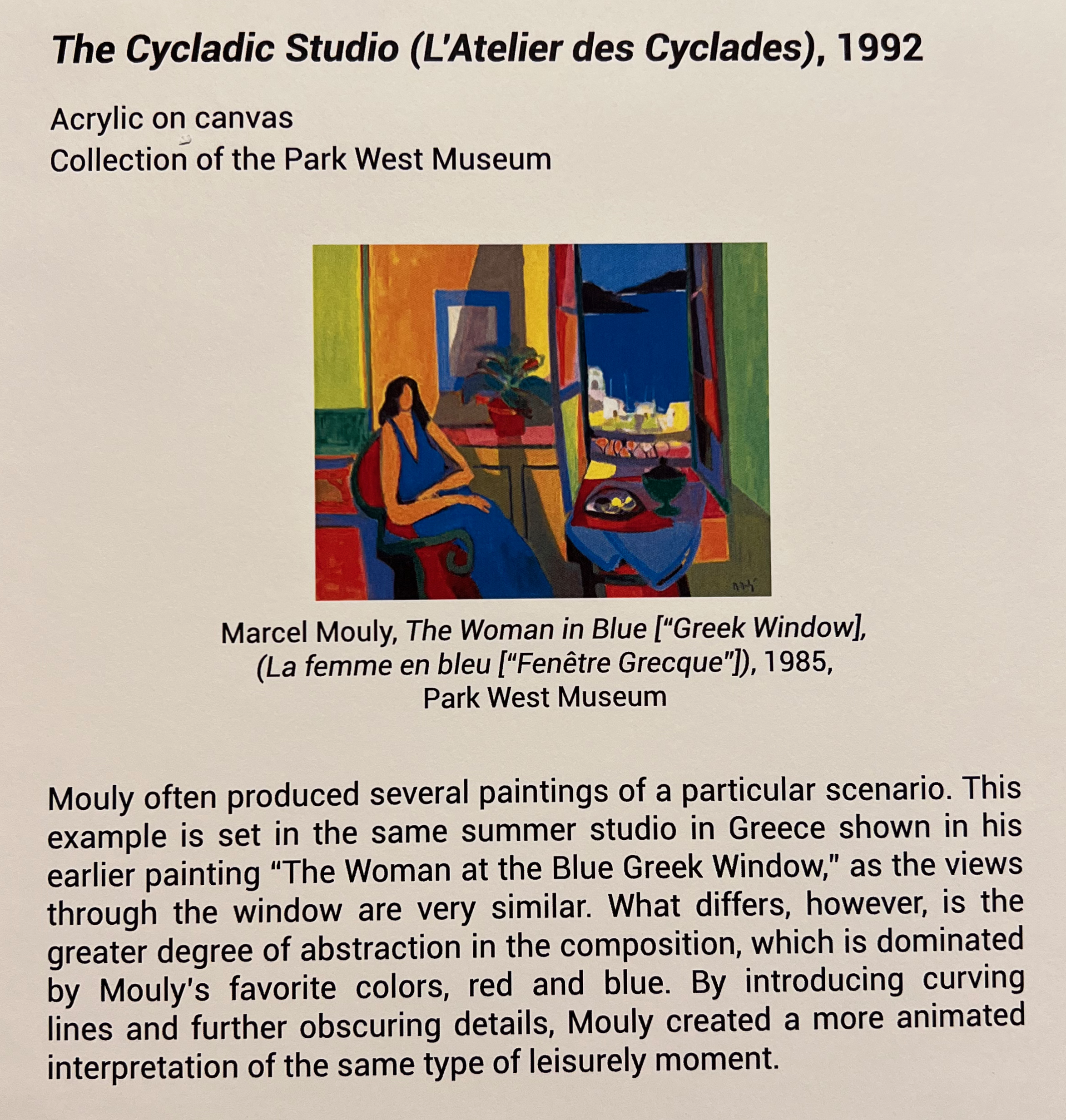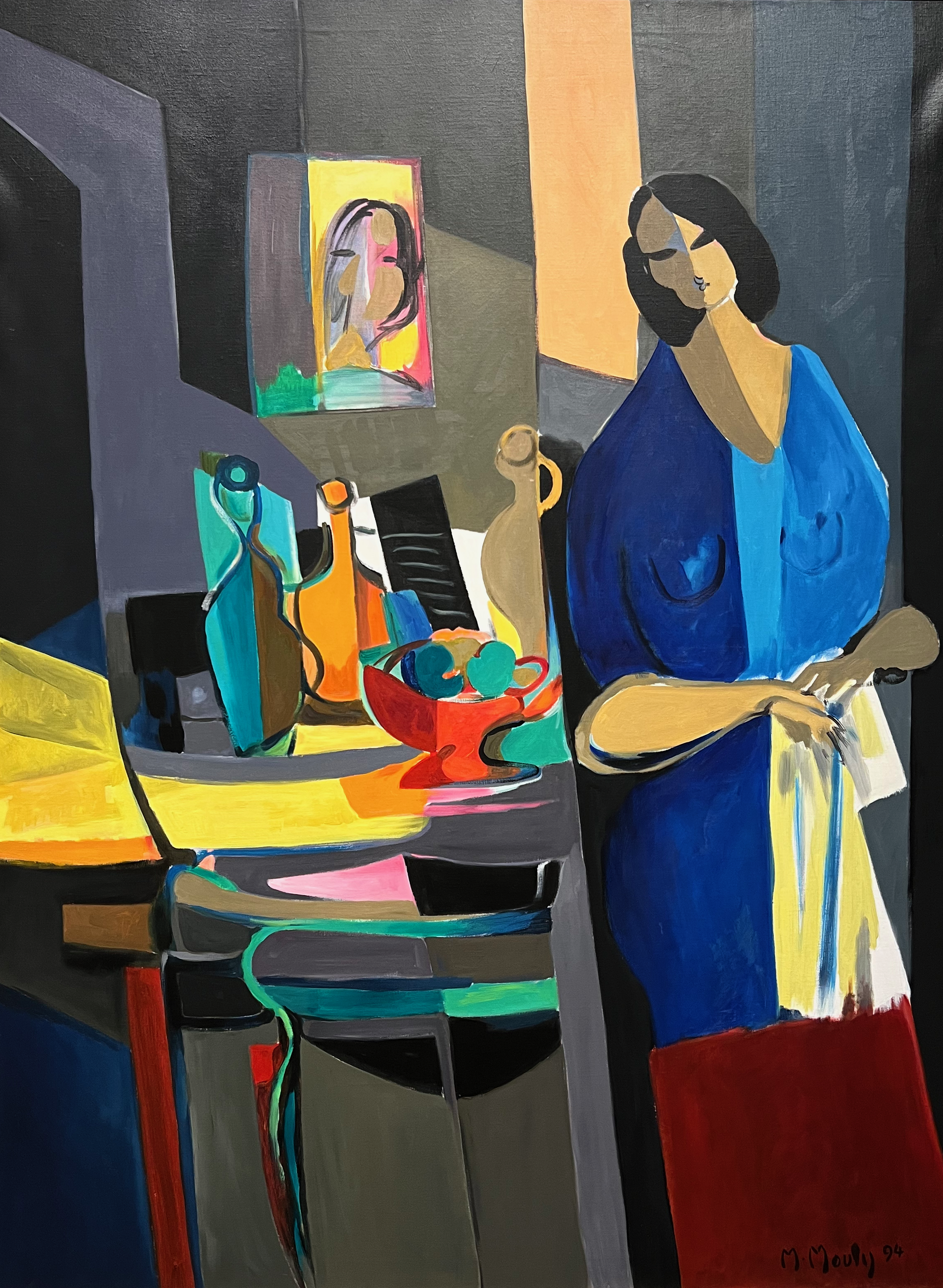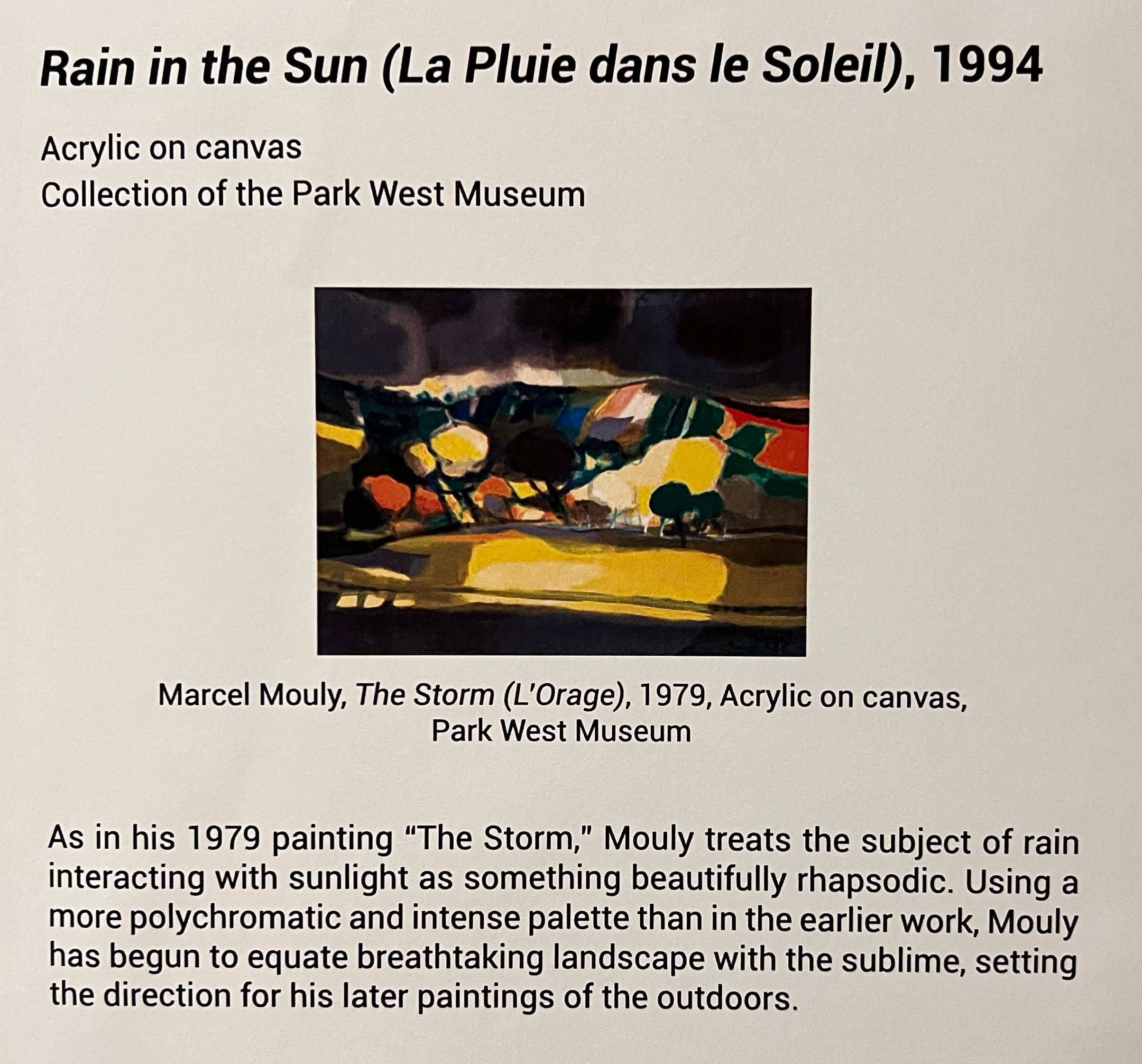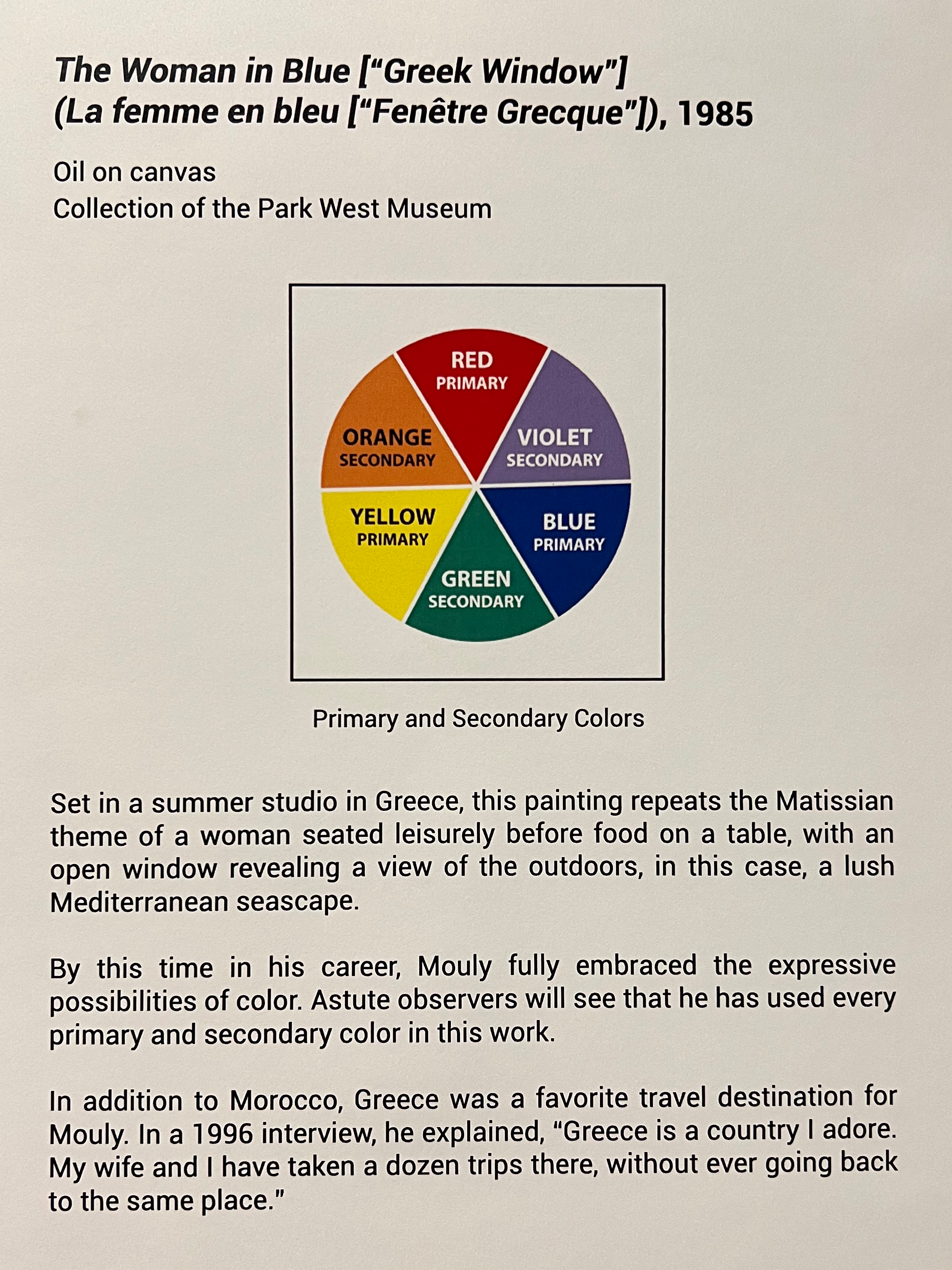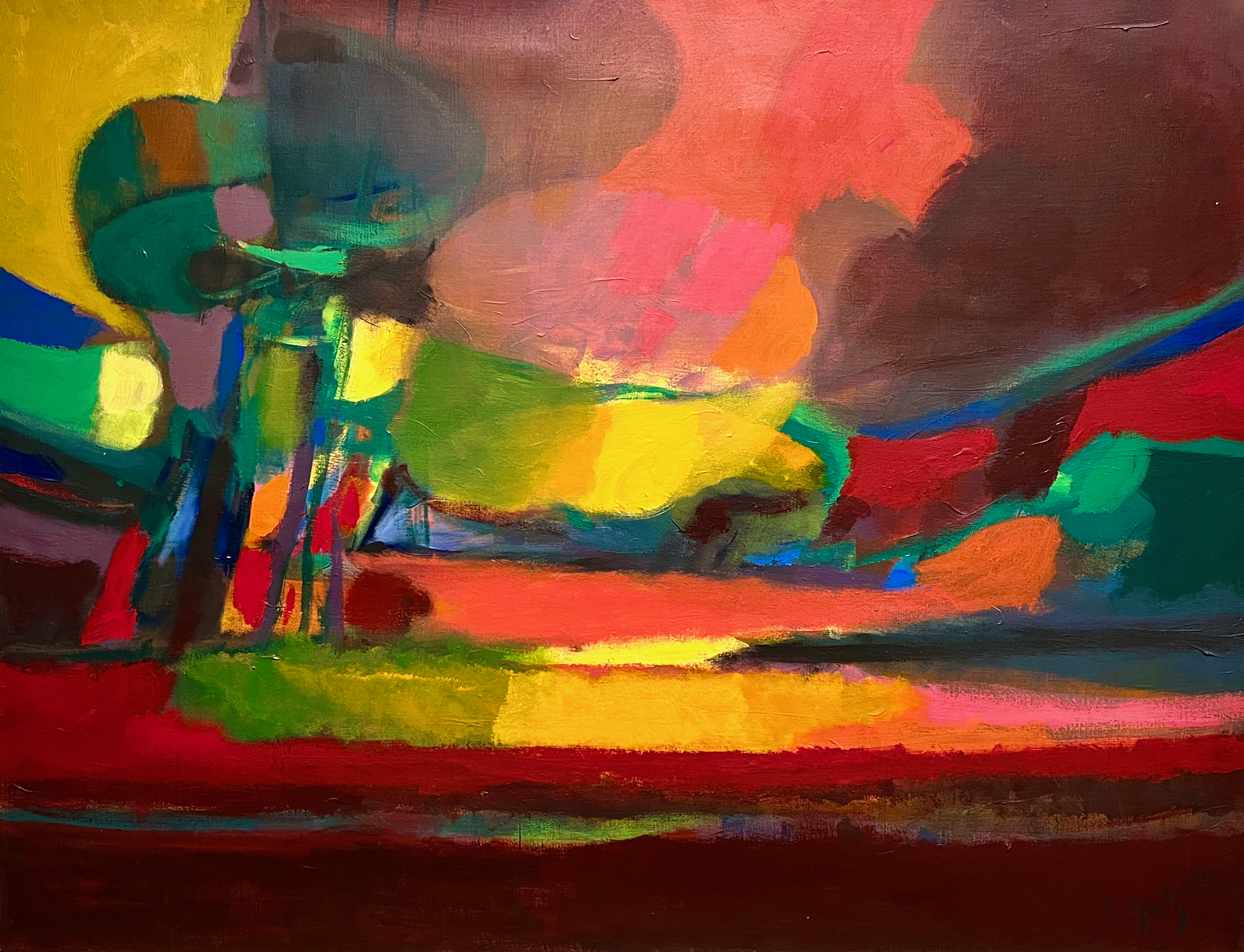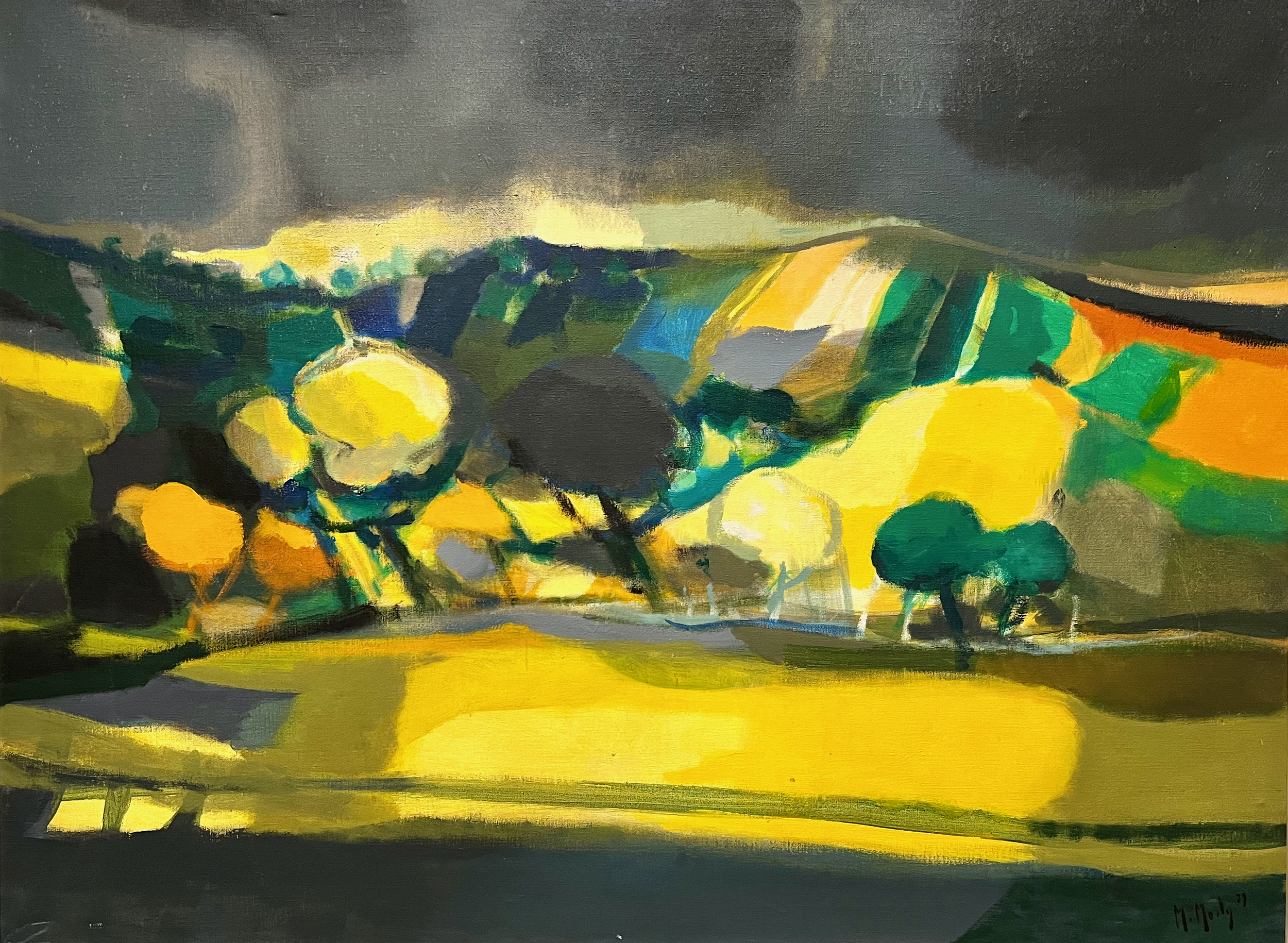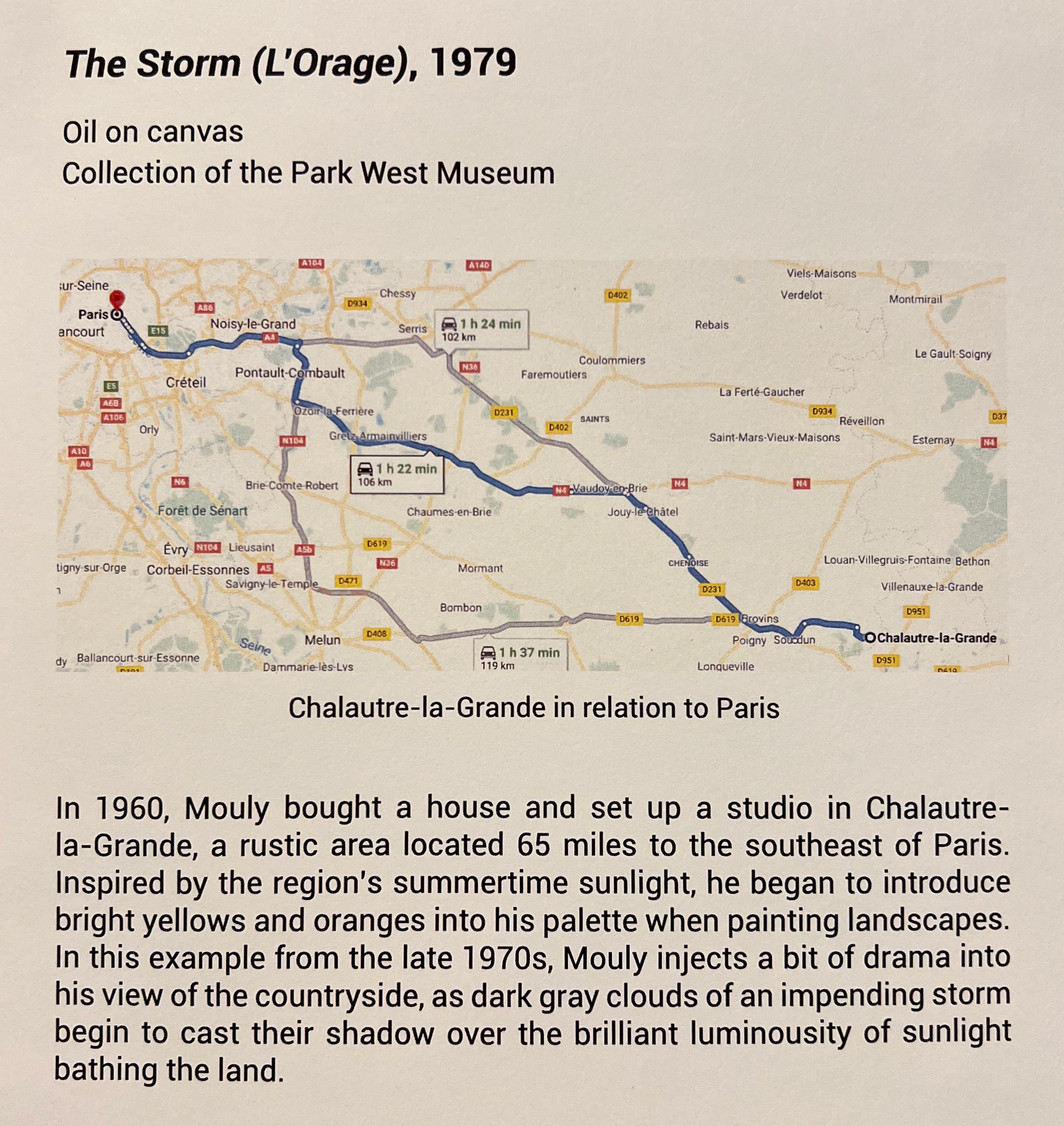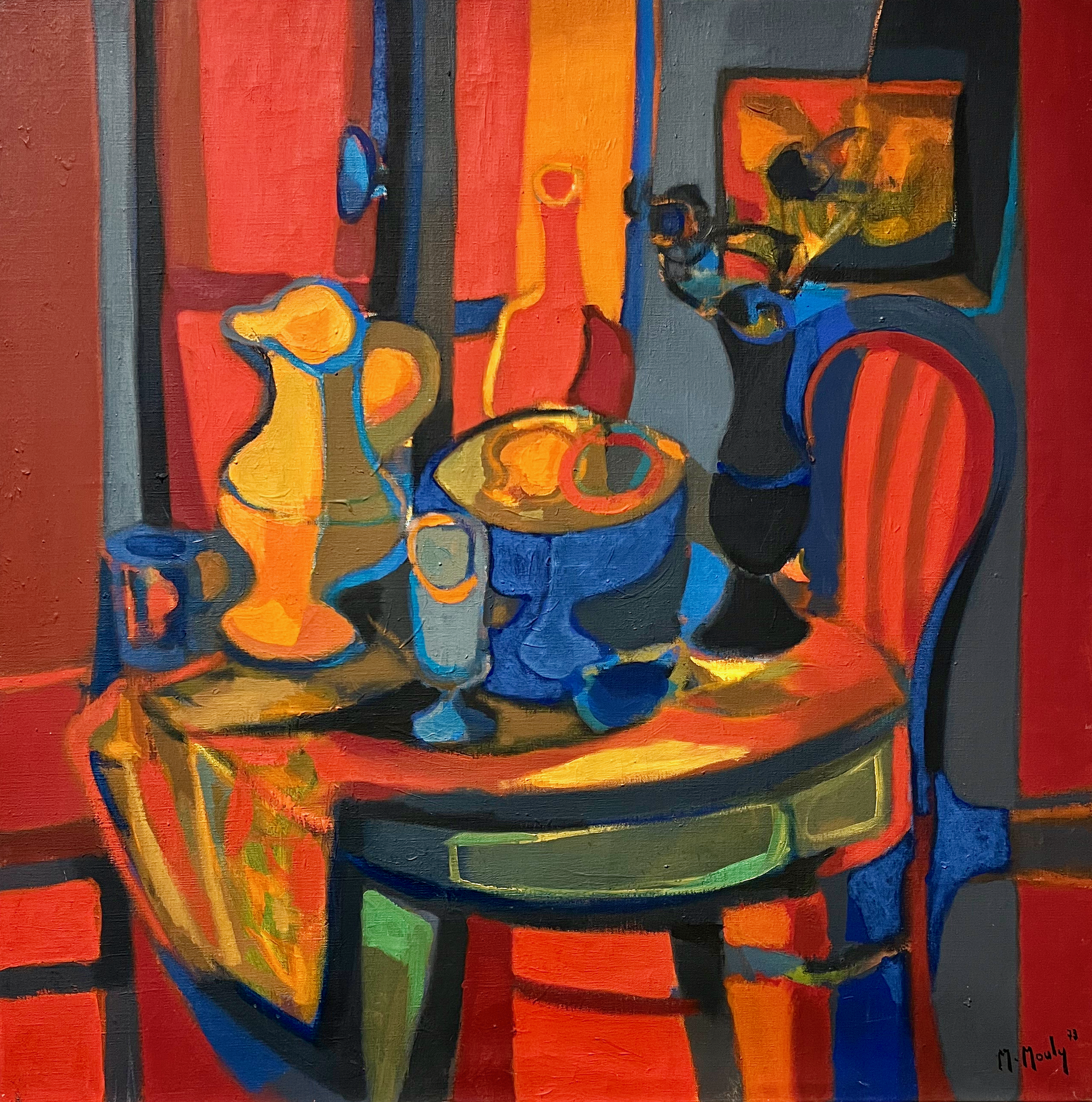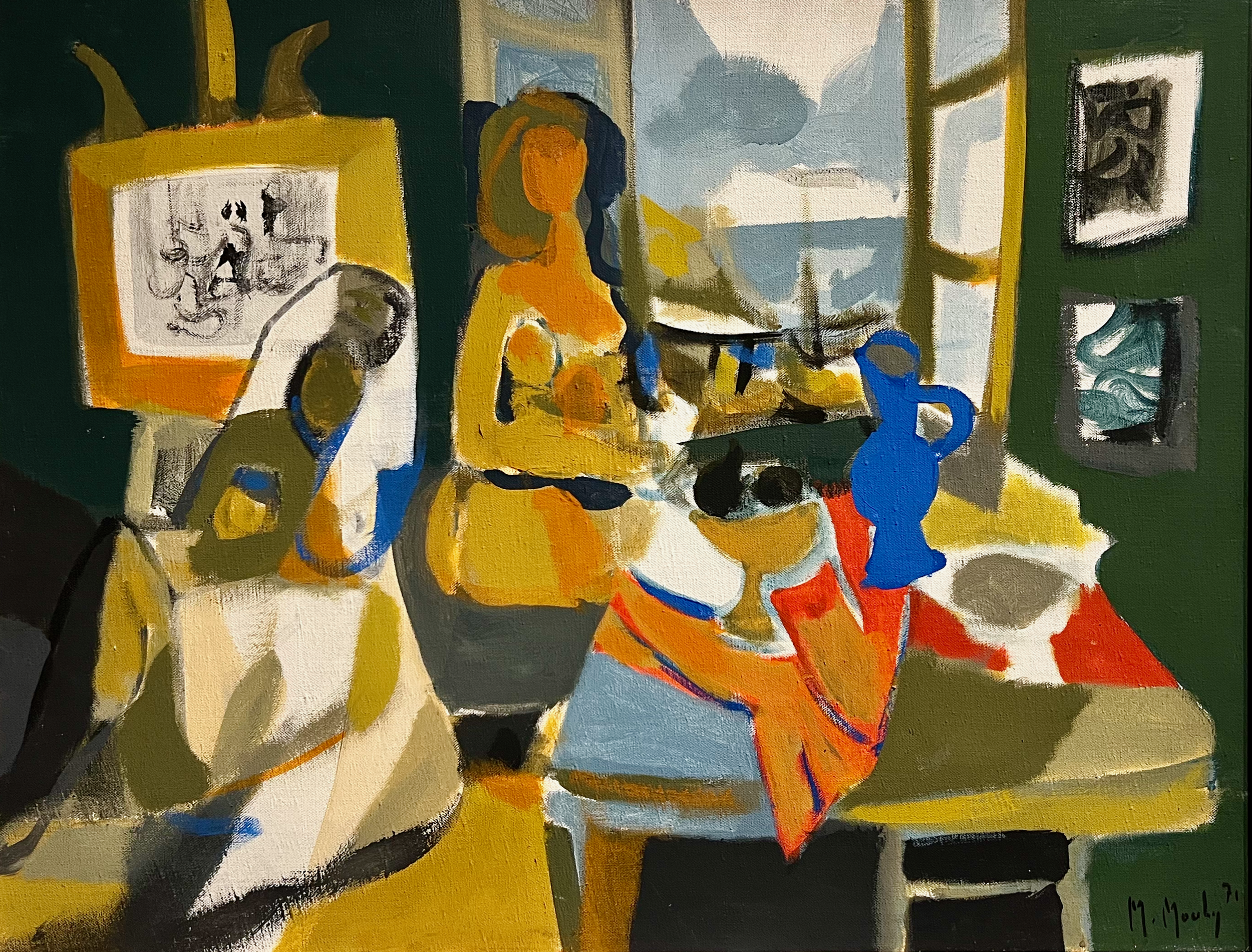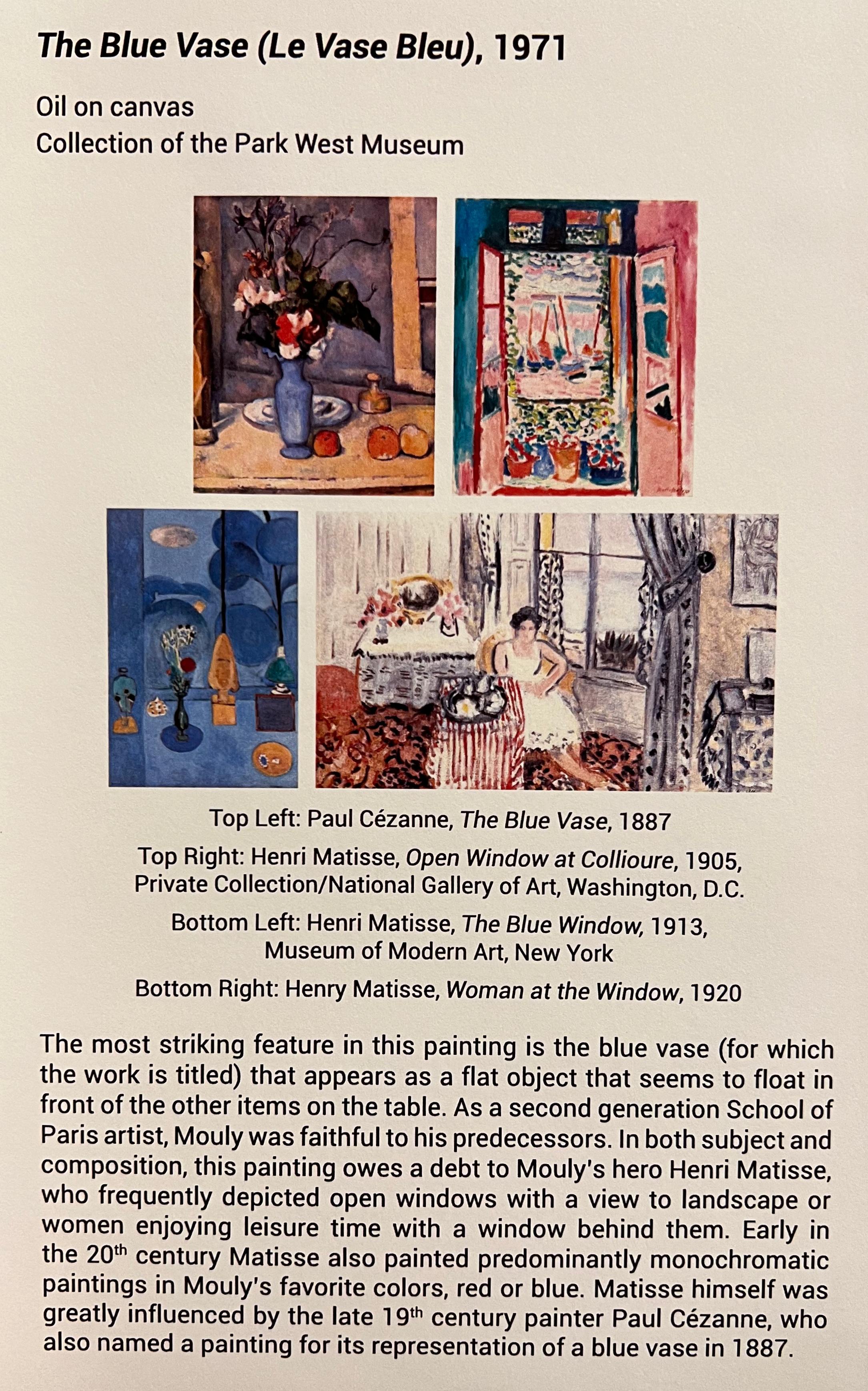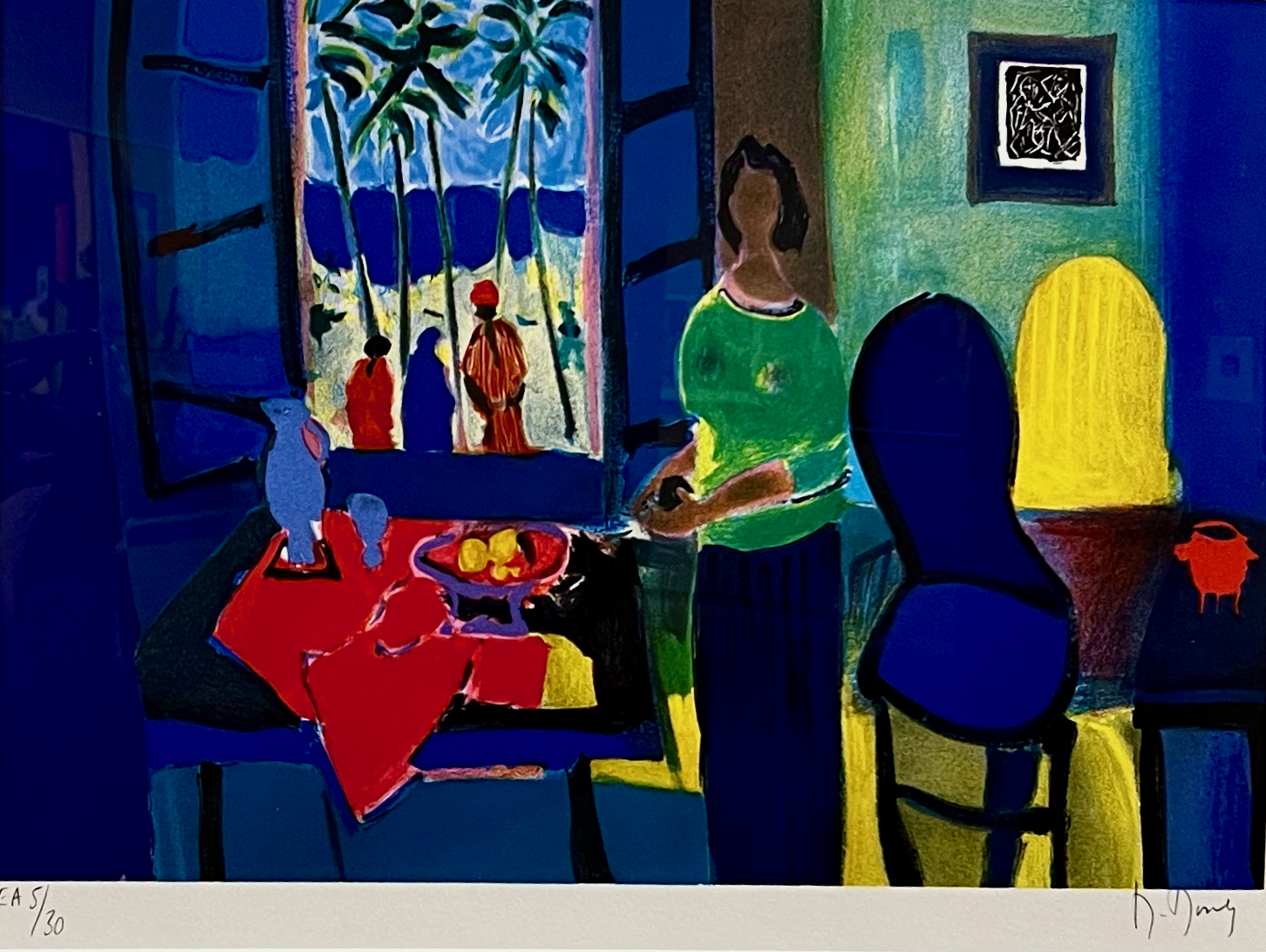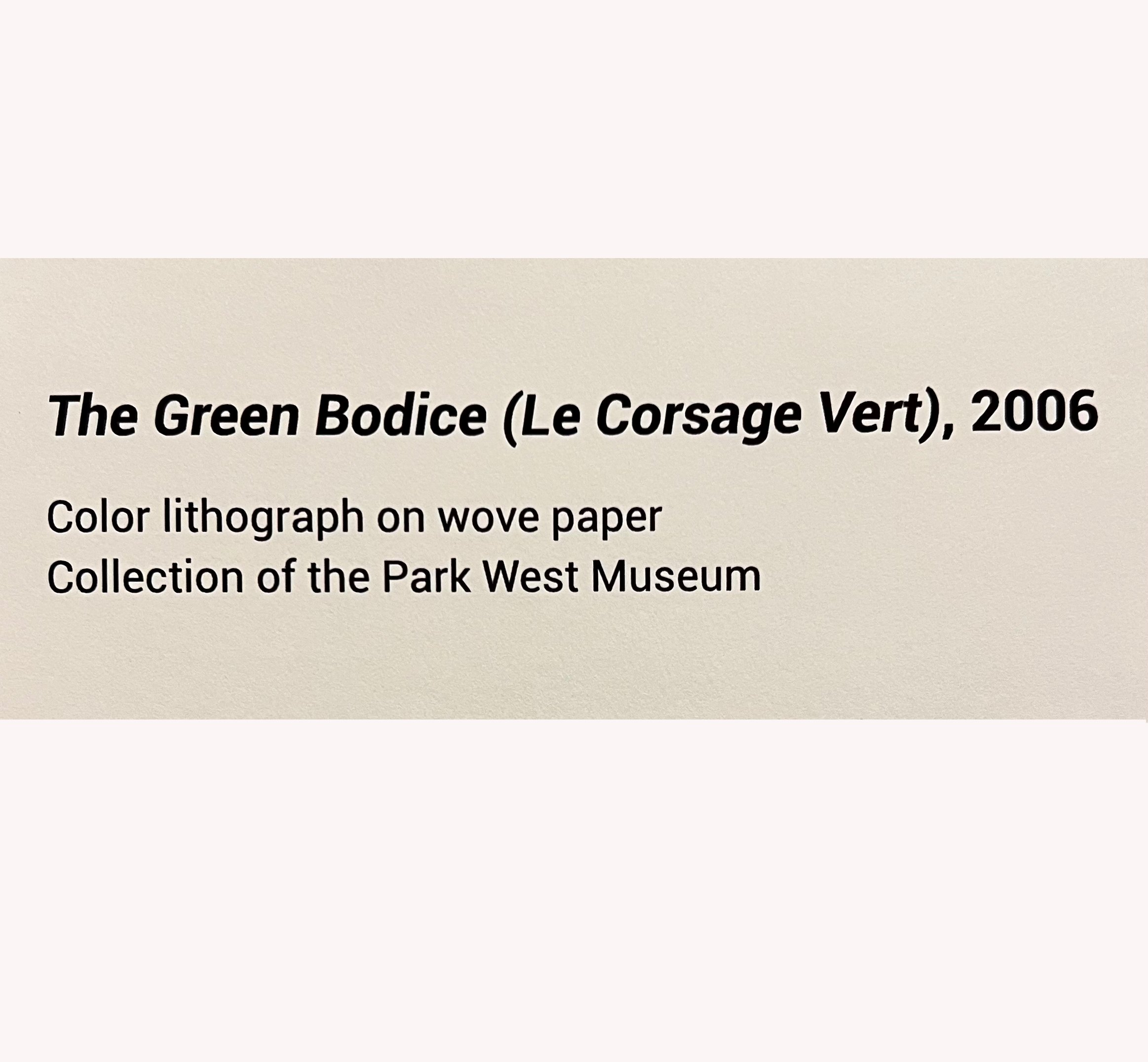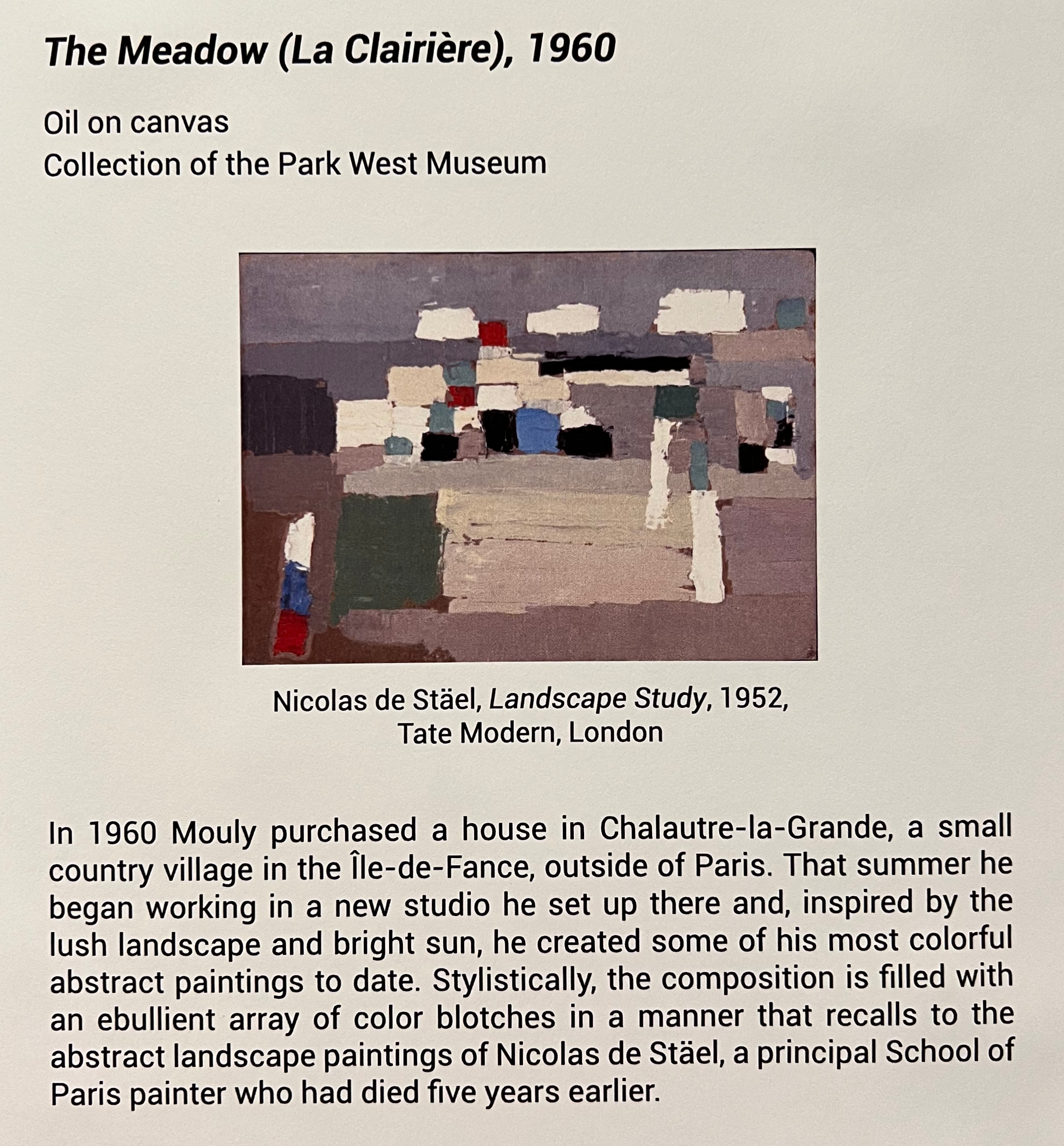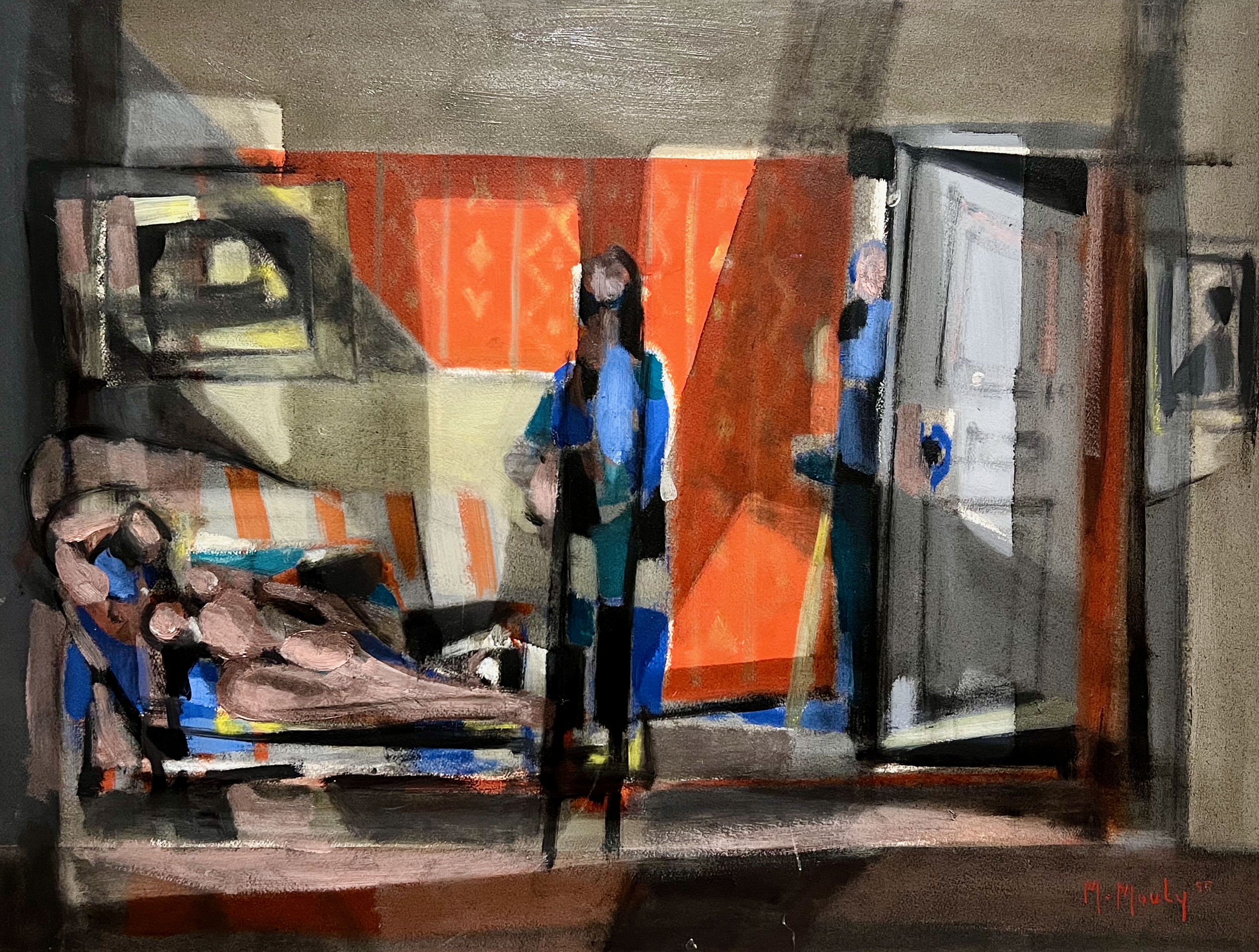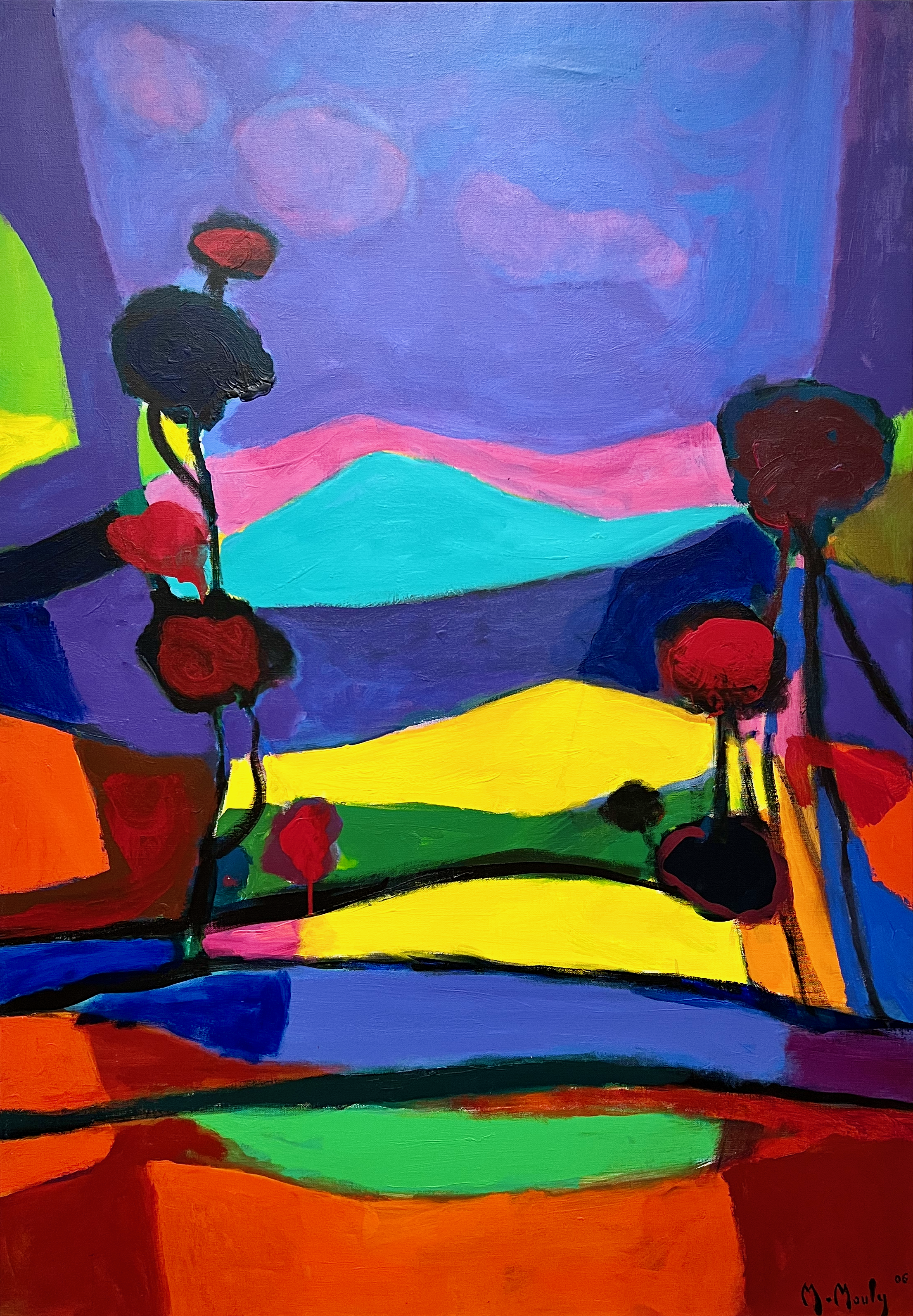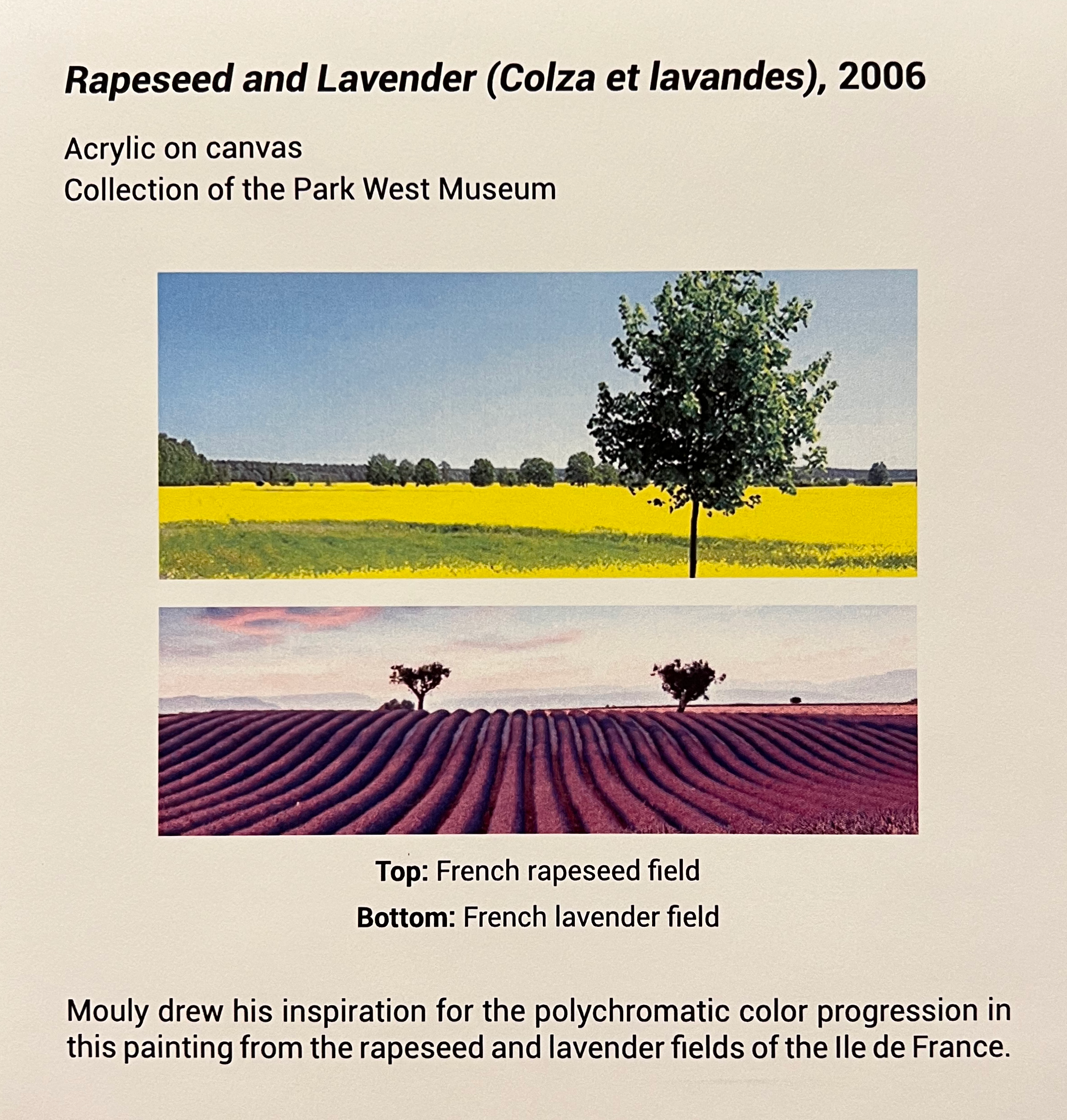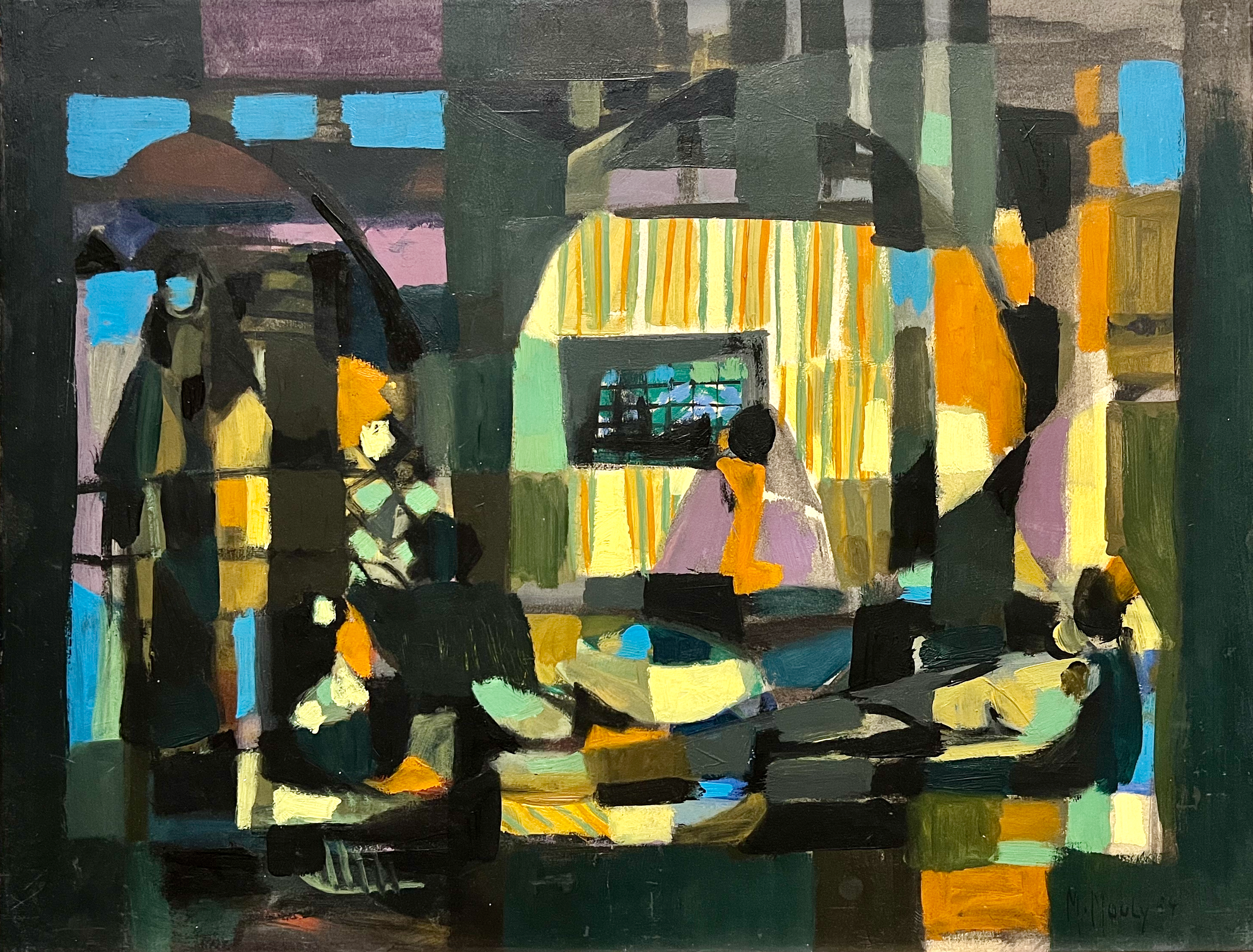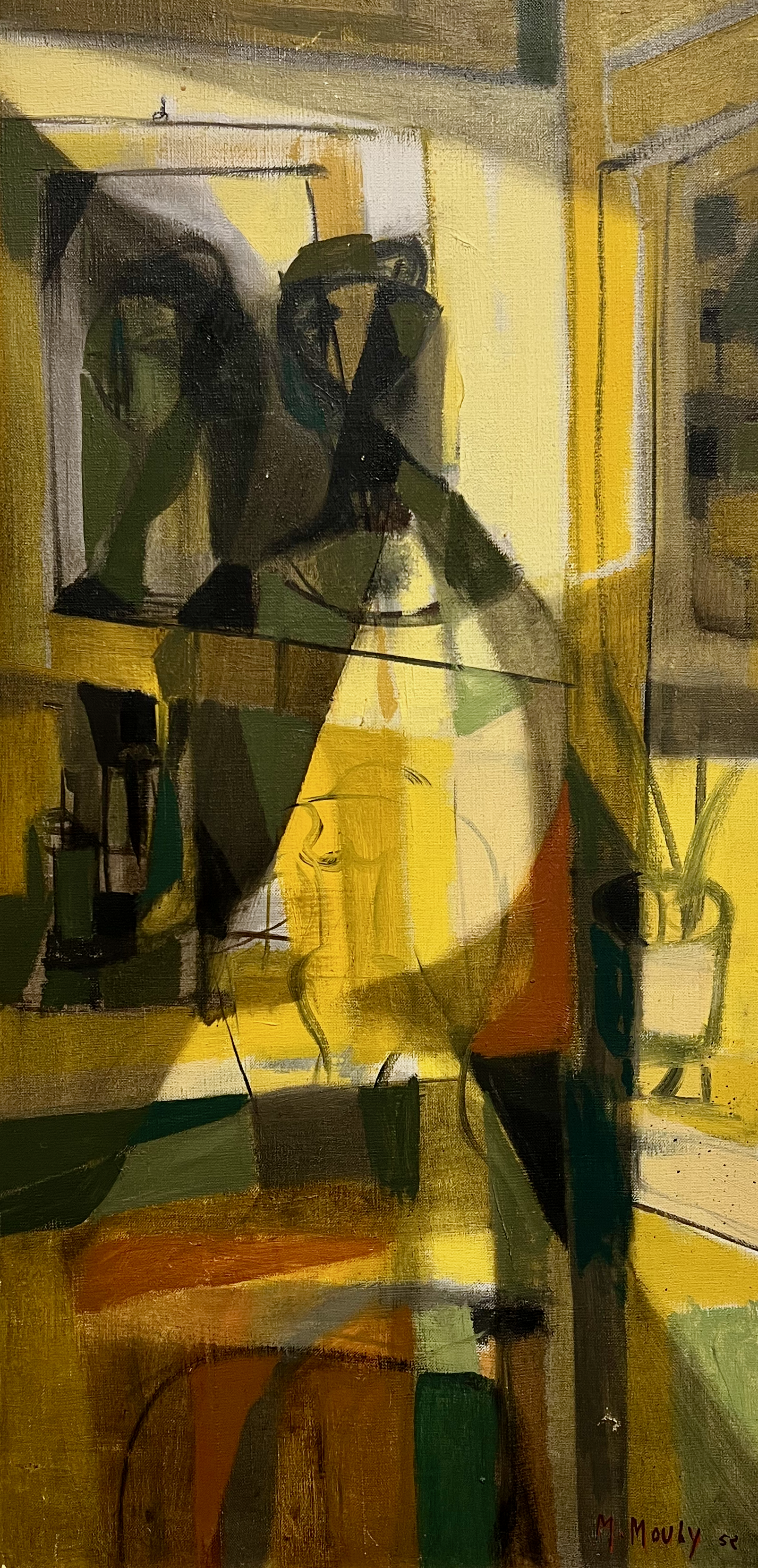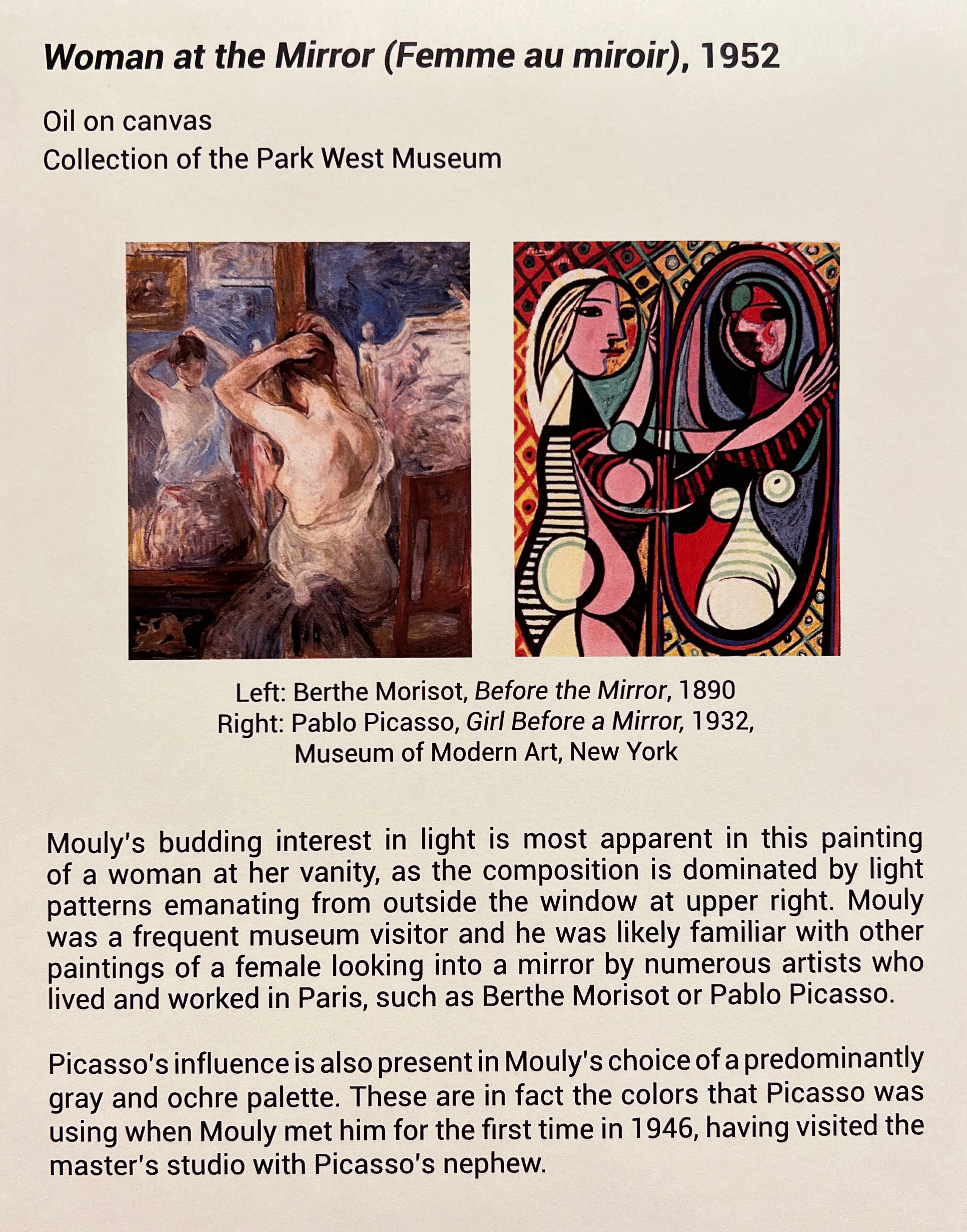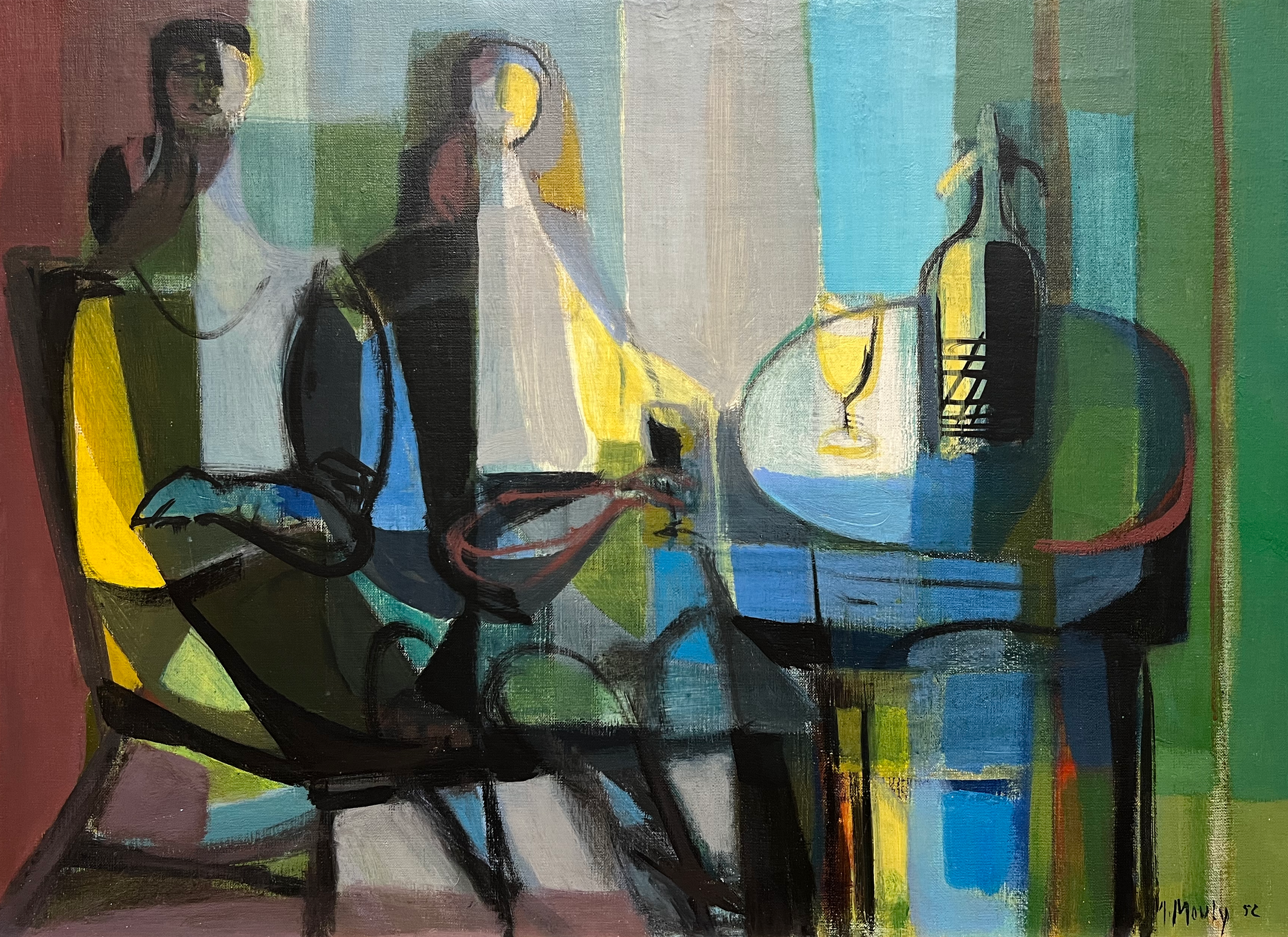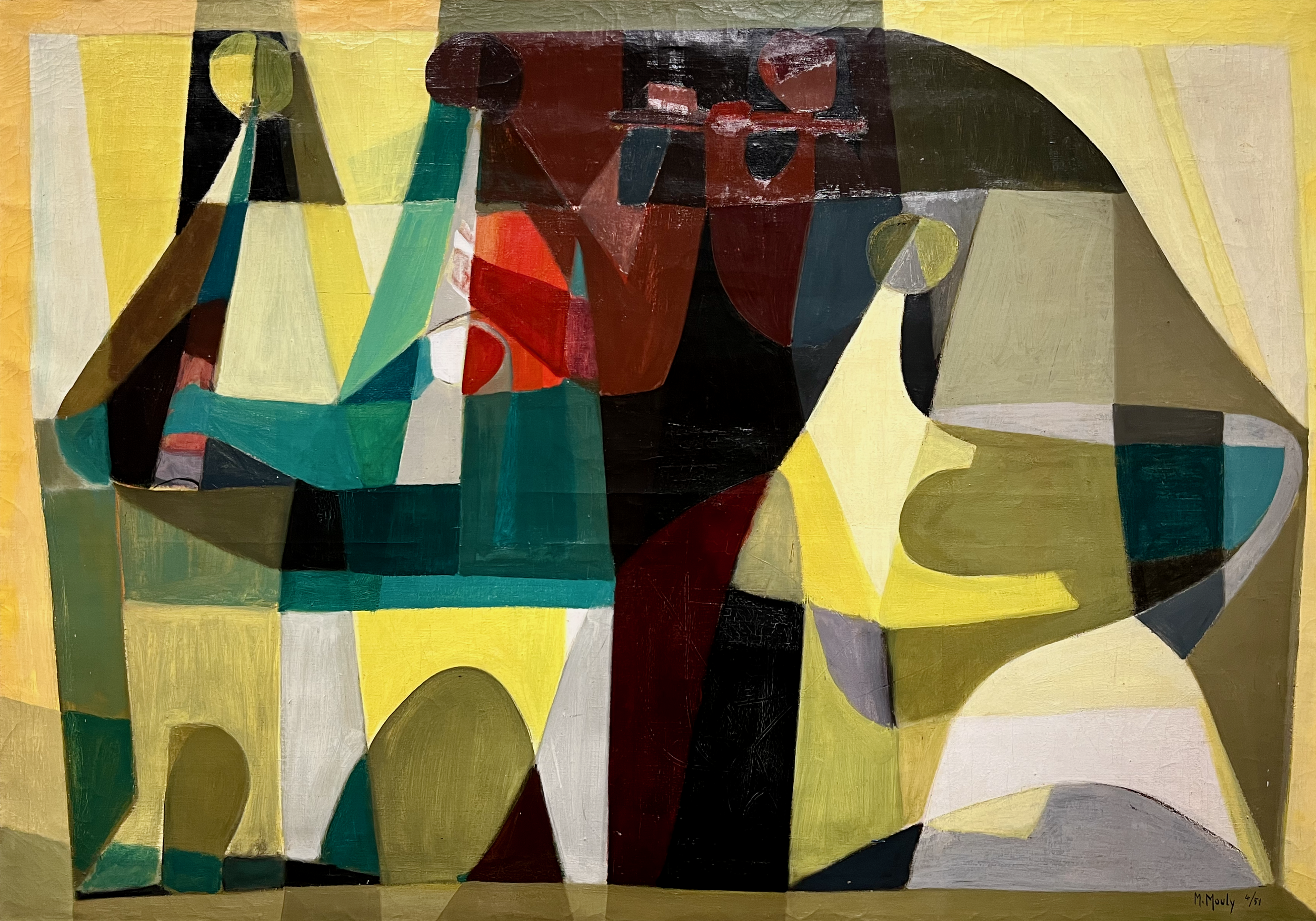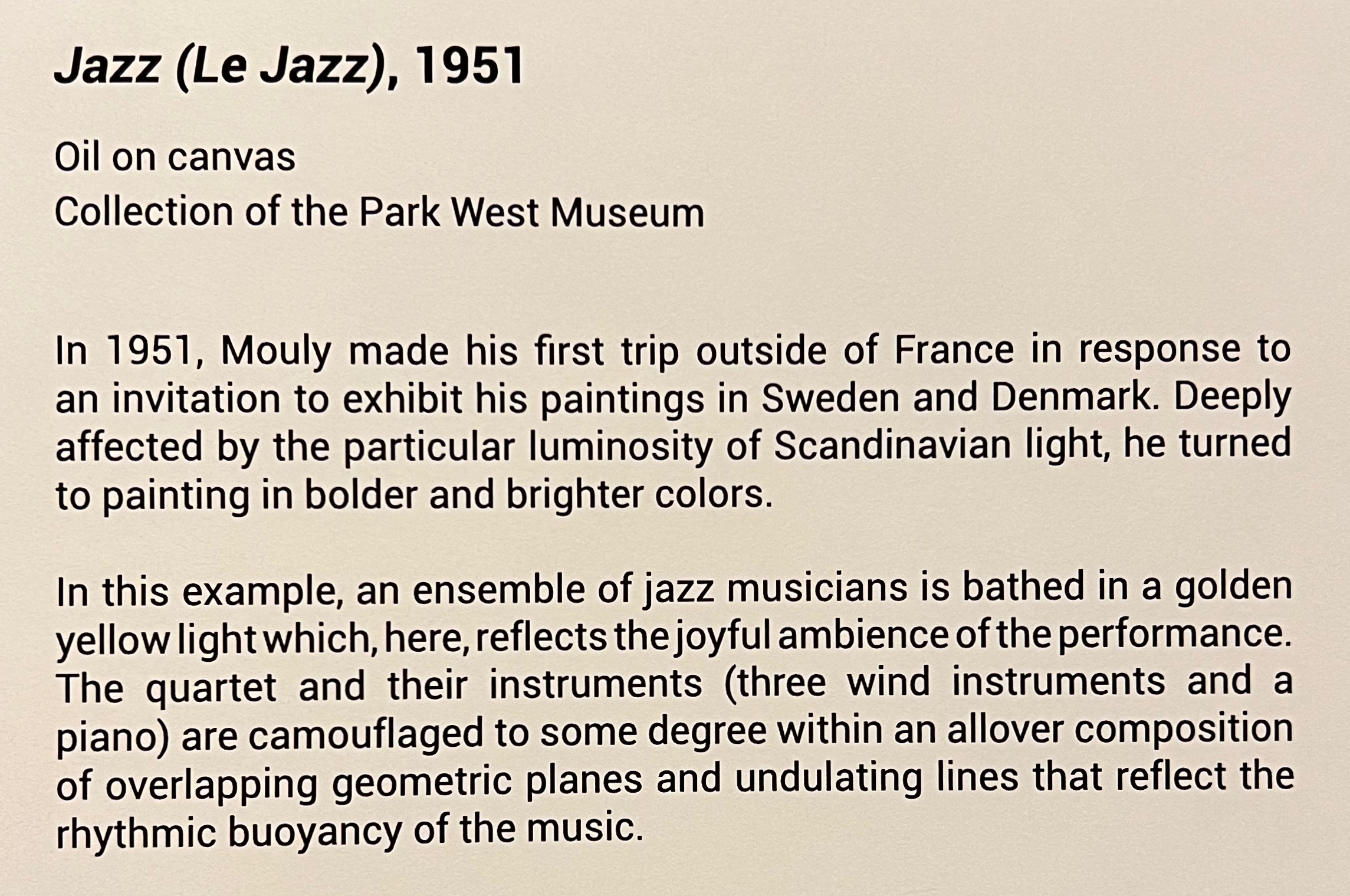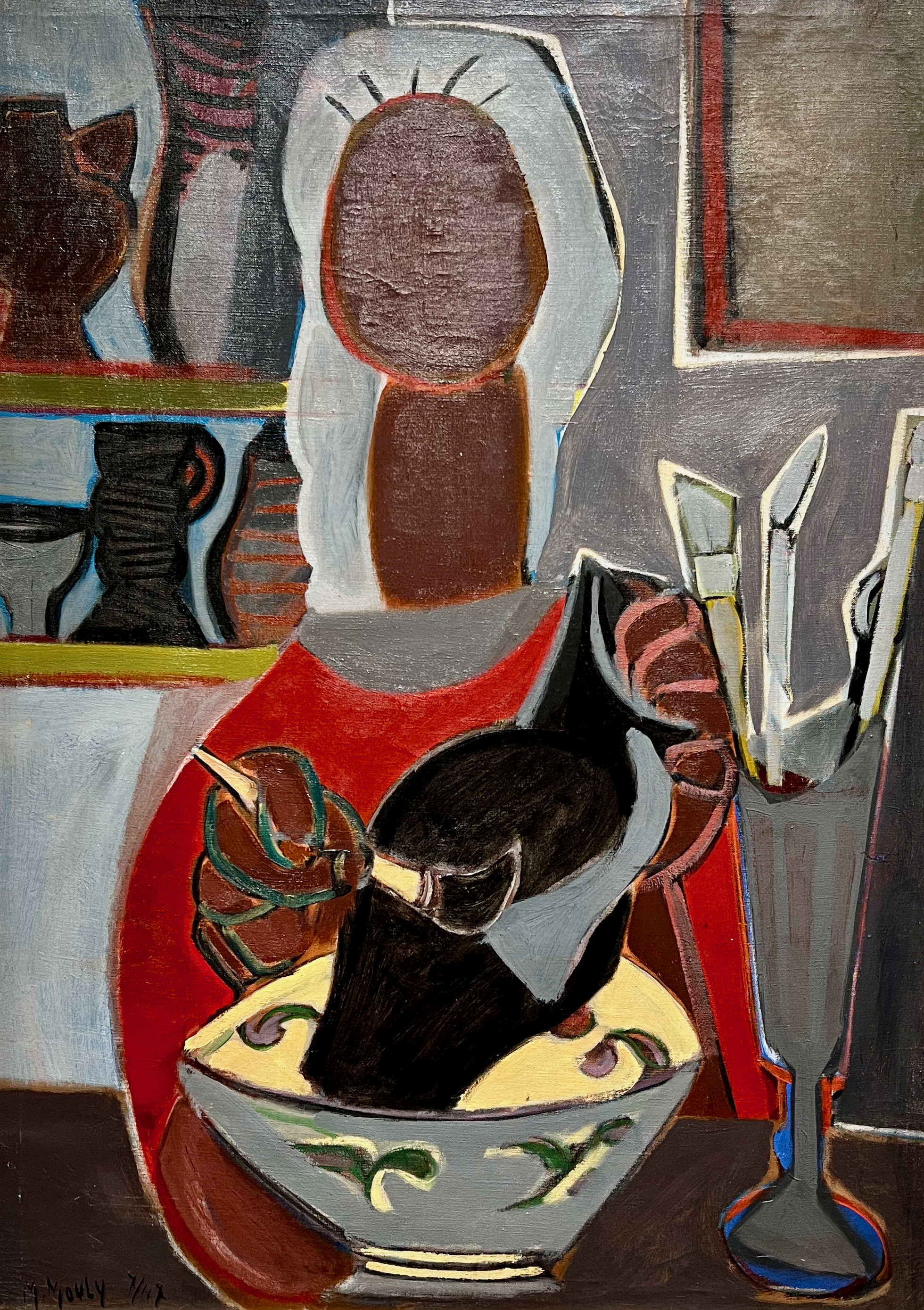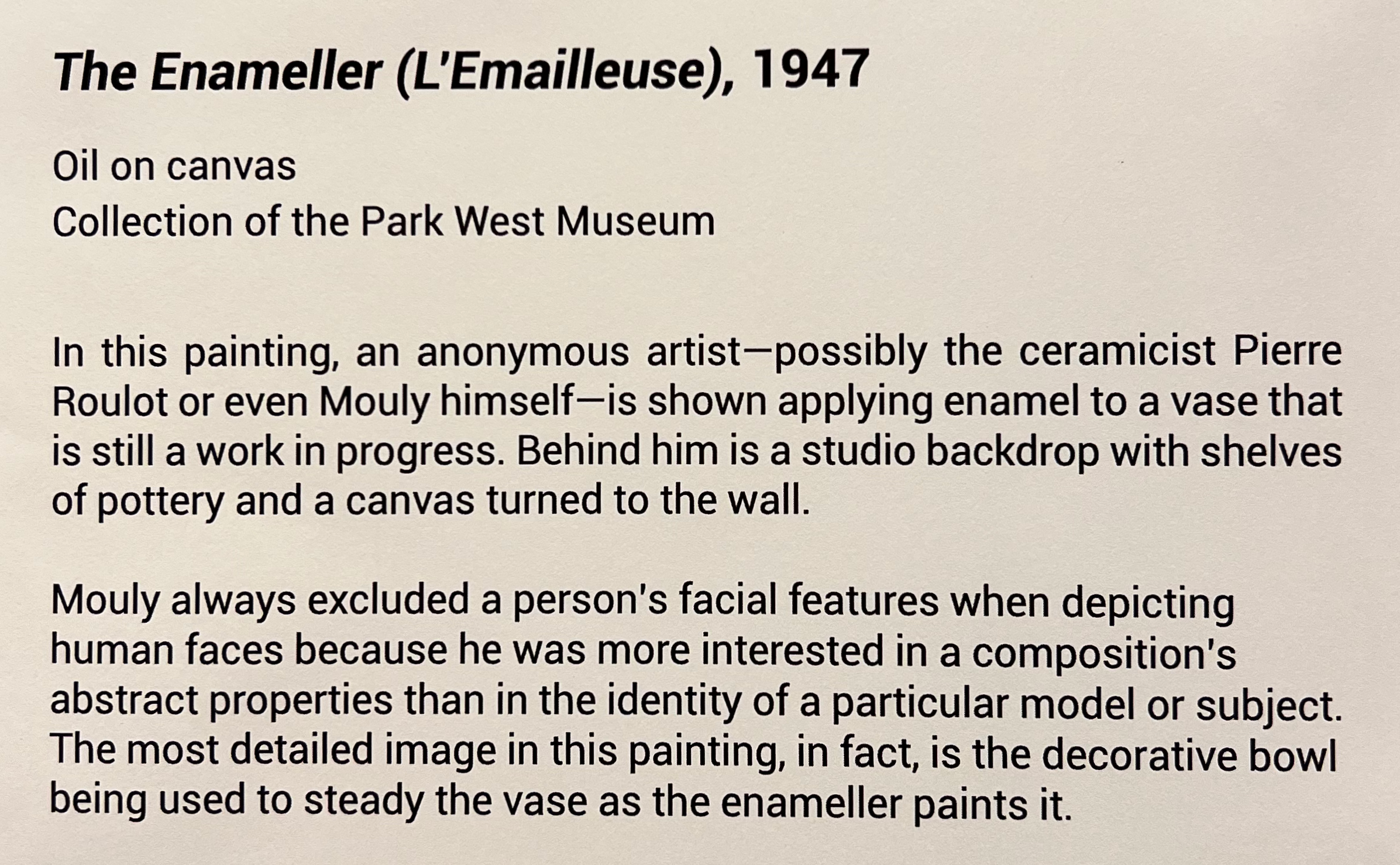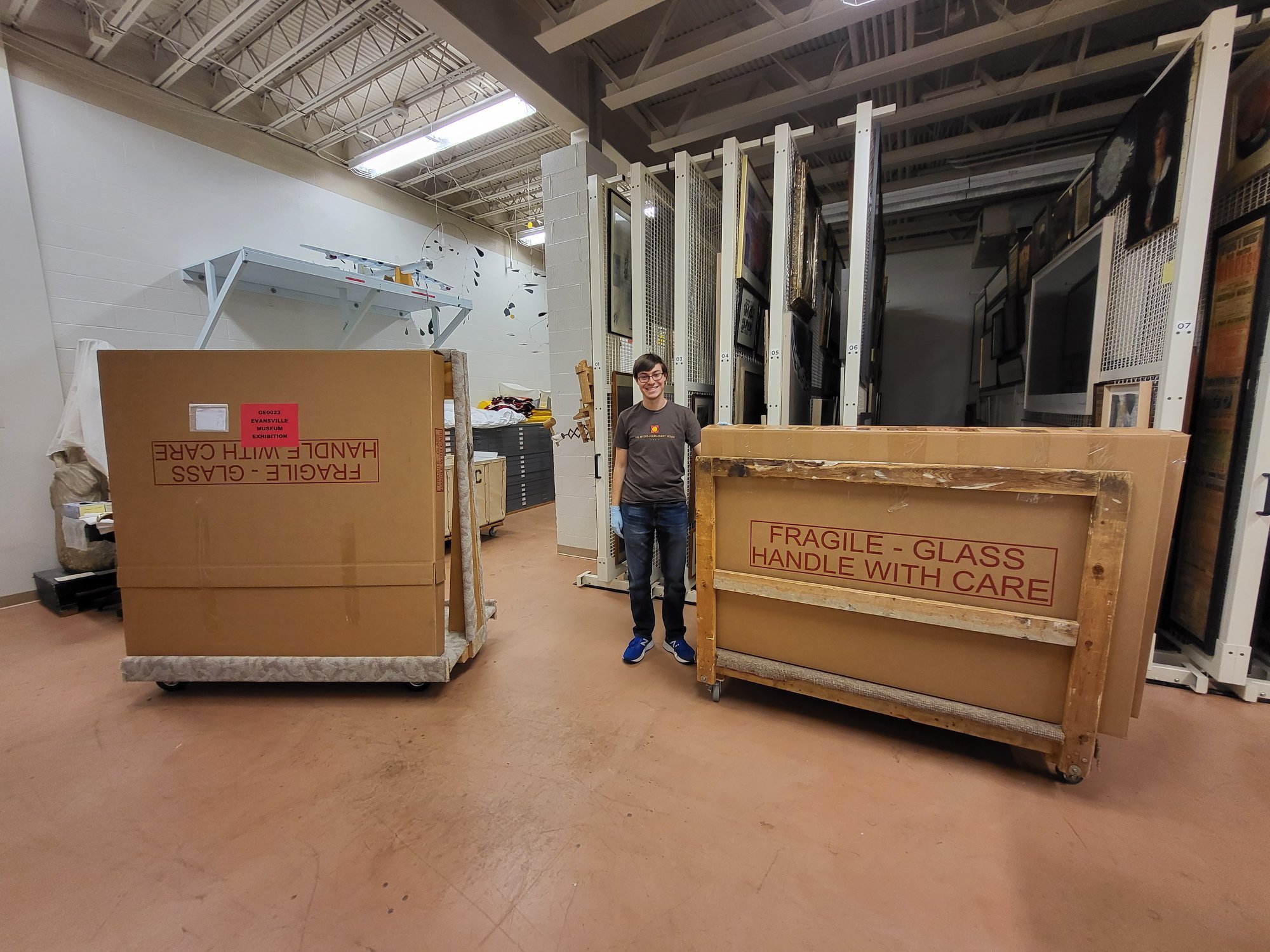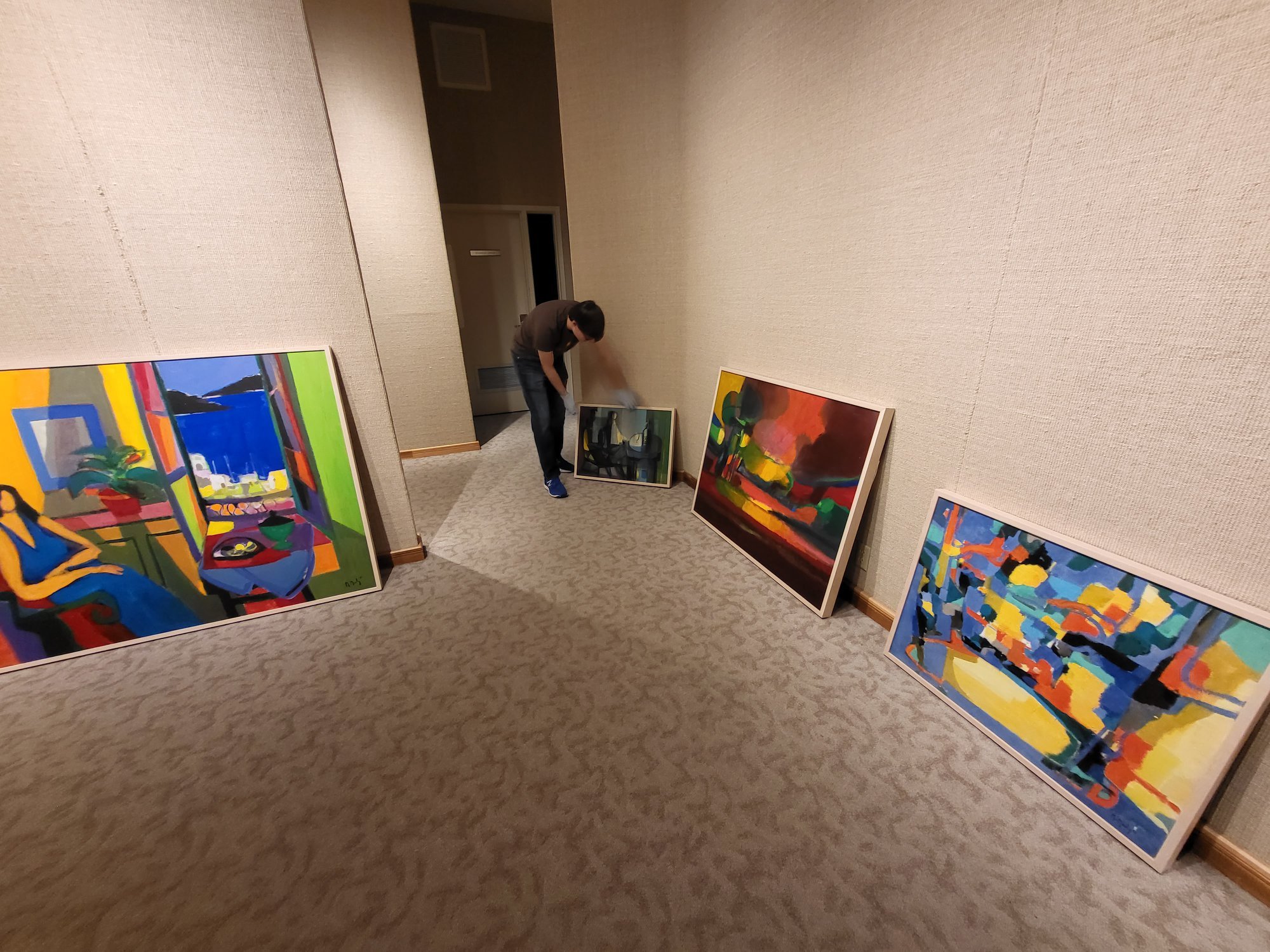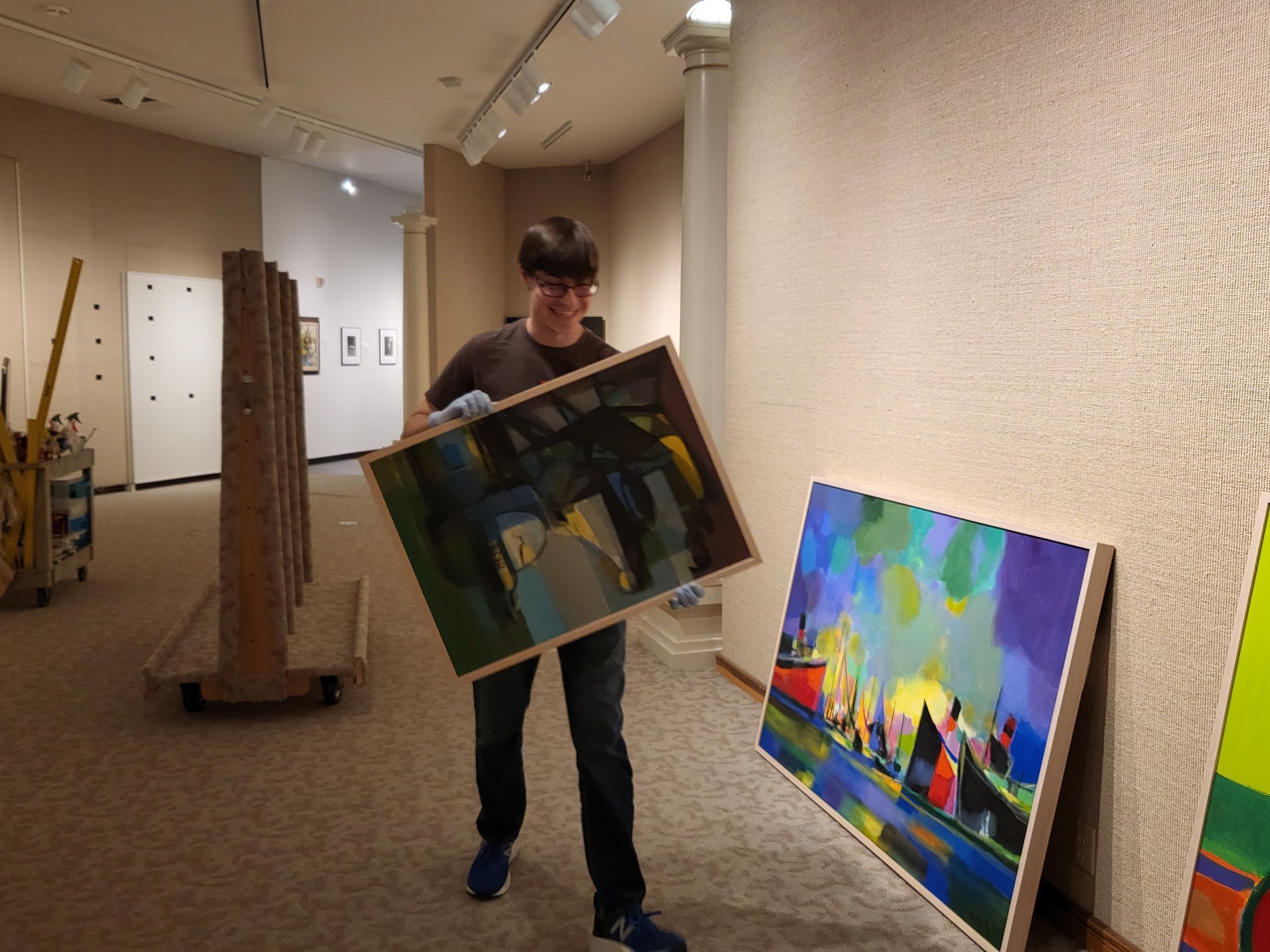About the Exhibition
Marcel Mouly (1918-2008) has been called the last of the "School of Paris," the artist community in and around Paris that experienced its first wave from the late 19th century through the outbreak of World War II. As a young man, he was introduced to School of Paris artists when instructed to copy paintings by some of its most celebrated figures: Henri Matisse, Pablo Picasso, and Georges Braque. Towards the end of the war, Mouly emerged as a prominent figure among the School of Paris' second generation when he exhibited at the esteemed Salon de Automne in 1943. Continuing to make art and exhibit up until his death, he was the last artist of the Parisian circle to live well into the first decade of the 21st century.
A chief characteristic of the School of Paris' second generation is that none of the artists could escape the impact of those who preceded them, many of whom were still making art and exhibiting during the post-war years. In 1953, for example, Mouly participated. alongside Matisse, Picasso, and Braque in the annual Salon de Mai. When asked to name the artists that he most admired, Mouly never failed to mention Matisse and Picasso. For Mouly, Matisse was the "god of color," while Picasso was a "master of form and drawing.”
Although Mouly found his way as an artist under the influence of those he most admired, he did so by synthesizing over time what he learned and then eventually carved out his own path. Like Matisse, who celebrated life's pleasures in both art and lifestyle, Mouly became a full-fledged artist through a total integration of art and life. Typically, Mouly's daily routine was to paint for four hours in the morning, break for lunch and a nap or some reading, and then resume painting for six more hours. Yet, whereas Matisse is recognized for expressing "joie de vivre" mostly in paintings of decorative room interiors filled with sensuous women, Mouly veered more towards the joy that is to be found in travel and nature. Filled with extreme wanderlust, Mouly traveled globally, and he did so often. "Generally, when I'm short on ideas," he once explained, "I take a trip. The discovery of unknown countries opens new avenues in my work."
In thirty paintings produced from 1947-2007 and a series of lithographs created in his later years, this exhibition reveals how Mouly absorbed the influences of his predecessors, expanded his understanding of nature and culture through travel, and ultimately found his unique vision of the world as paradisiacal and sublime.
The Museum extends its gratitude to David S. Rubin, Curator, for bringing this exhibition to fruition. His research was pivotal in creating the content for this installation. We also thank Carole Sorell Incorporated and the Park West Foundation for organizing this exhibition and Joseph & Connie McConaughy, the Theby Family Trust, and Dan Whitehead for their generous sponsorship.
Tory Schendel Cox
The Virginia G. Schroeder Curator of Art



